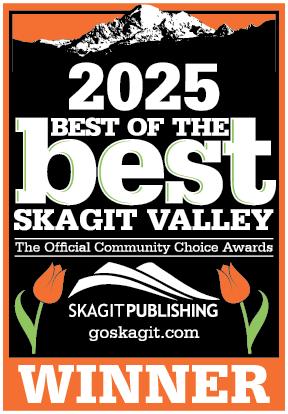

2025: International Year of Cooperatives
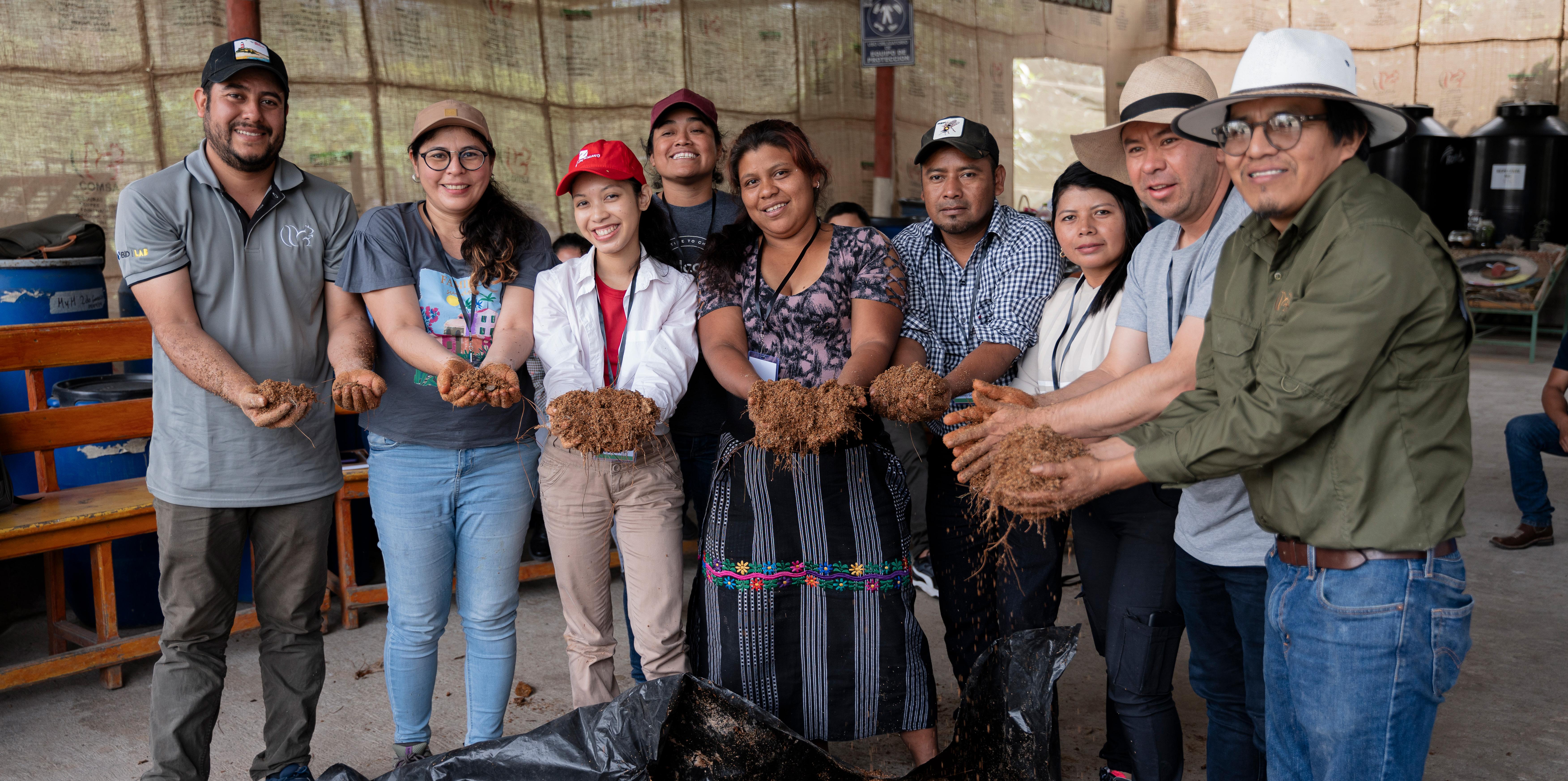


Co-ops Build Better Communities
Oh, October. It is the month of all months, especially here in Co-oplandia: National Co-op Month, Fair Trade Month, Non-GMO Month. There is so much good to be seen and to celebrate. So, as fall takes root, in the month of all months, in the year of all years—the United Nations International Year of Cooperatives (IYC25)—we’re digging even deeper into how co-ops build a better world, this time, through community.
Community is the heart of our Co-op. It’s why we exist: to
And so, a new definition—community is a place of social cohesion, something it feels we are all yearning for in this moment. Like-mindedness, shared values, shared goals. A sense of unity and belonging.
Dare we say, our beloved Skagit Valley Food Co-op has built the best community, in every sense of the word? For over fifty years, we have built a safe space to come together to enjoy good food, and each other, in an effort to take good

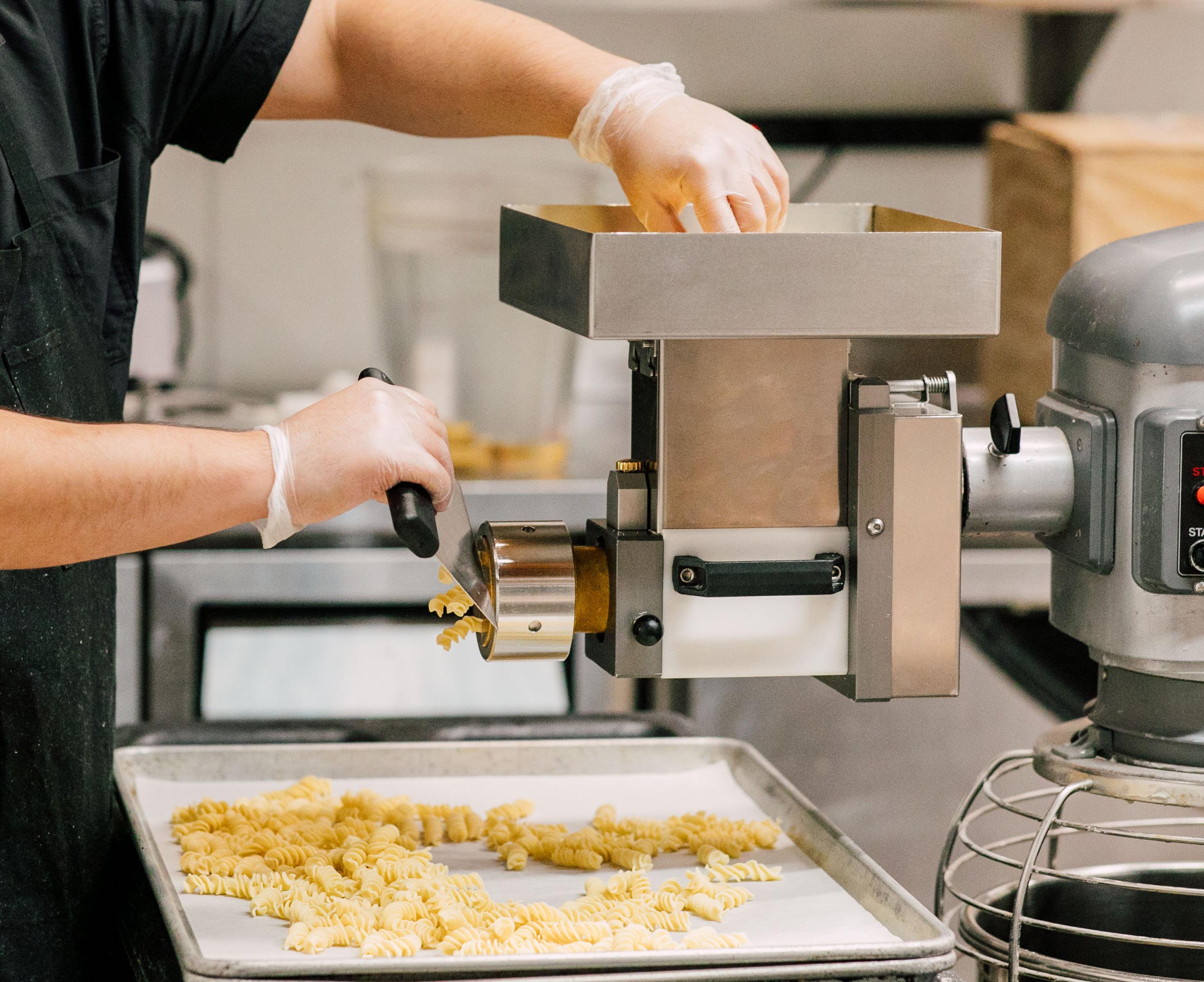
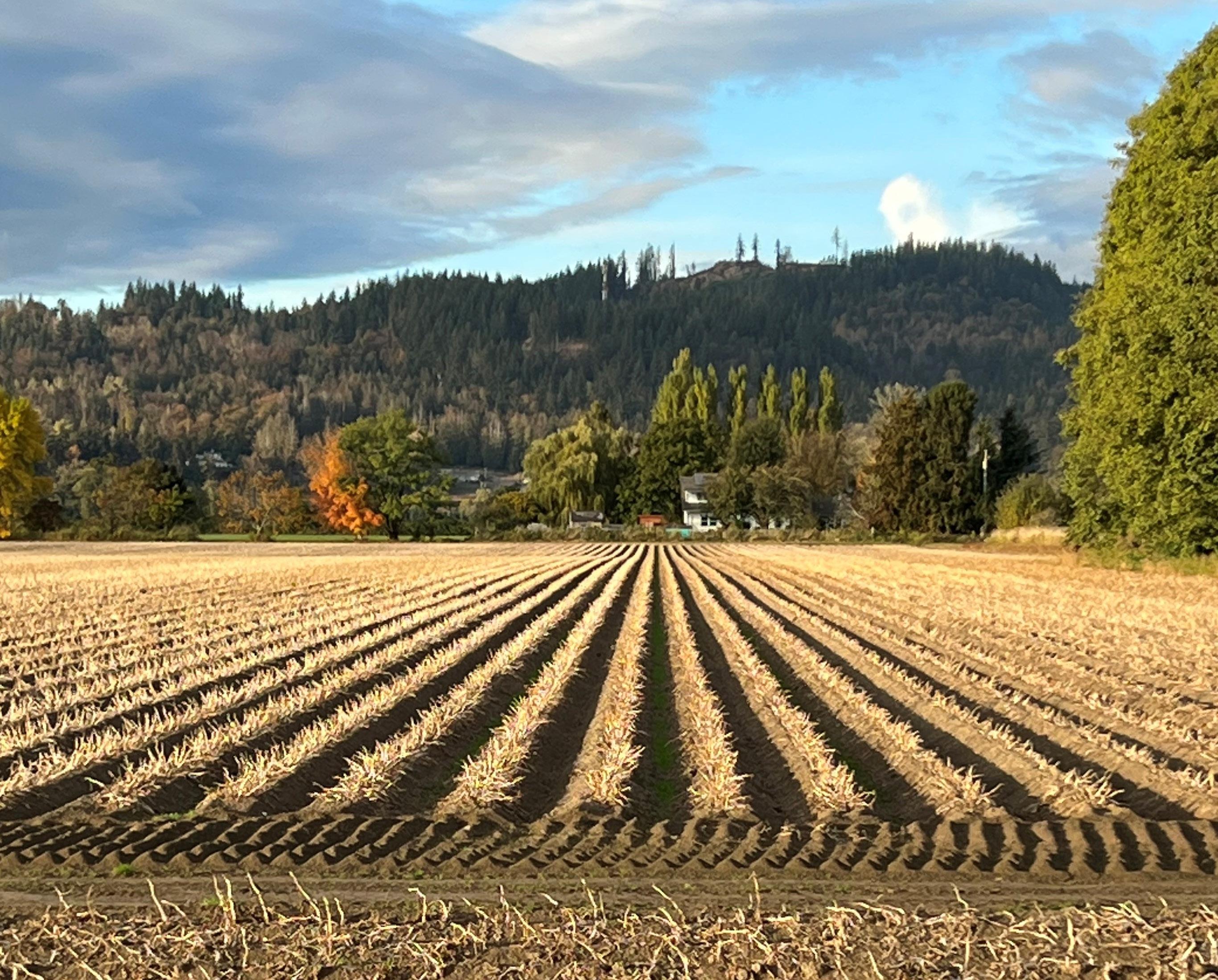
5% Friday & Community Giving
The Skagit Valley Food Co-op began in 1973, and while only conjecture, I am quite sure that as soon as they showed a profit, the original Board started to figure out ways to use a portion of that success to support the community that supported them. What I know for sure is that when I joined the Board in 2000, the Co-op was giving back to the community in many ways, although without structure or formality.
In 2004, after much consideration, the decision was made to implement a longterm strategy for returning a portion of profits to the underserved of our community with the adoption of our 4% Friday Community Shopping Day program, a donation of 4% of the net profit of sales on the 4th Friday of every month to a “like-minded” organization. Over all of these years, the process is still similar: a call for proposals goes out in early summer with a deadline of September 30th. A relatively minimal amount of information is requested, focusing on being clear on “what the money will be used for.” It was important for the evaluation committee to feel good about the funds benefiting a specific purpose or program and not just being added to a general budget. Selected groups are encouraged to staff a table in the Co-op to promote their organization and, in turn, increase the awareness of the Co-op within their sphere of influence. In those early years, preferences went to local children and food assistance programs. Often, we worked hard to reach out to organizations and encourage them to submit. Some years, we barely reached our goal of twelve groups that fit our loosely defined criteria. Then came the years that we were overwhelmed with the number of applications and the statements of need.
Our evaluation process has essentially remained the same. After the submittal deadline, a committee of Board members and staff spends an evening reviewing applications and sharing thoughts about the expressed needs and intentions on how the funds will impact our community. Priorities are developed after many rounds of “ranking”, eventually winnowing down the field to twelve, one for each month of the year. Additional consideration is necessary to try to match organizations with the month that makes the most sense for their specific needs: holiday food programs for November, seeds and garden tools for May, back-to-school backpacks for August, and so on, and so on. As might be expected, the selection process has become more challenging in recent years, with the number now approaching fifty applications.
A
Few Notable Facts:
The first year of 4% Friday in 2004 raised over $11,000
2024’s donation total was over $38,000!
We’ve supported 85+ community groups
The largest donation was $5,539 to IRIS: (Immigrant Resources & Immediate Support Group) in December of 2023
Over $555,000 has been donated to date!
As a Board member, having been involved in many of those evenings of application evaluation, it was always humbling to read all of the many stories of need in our community. The growing success of this program is evident in the amount generated each month. In the beginning, the donation total was in the hundreds, and now, it is in the thousands. The amount has increased even more since the Board chose to increase the giving percentage from 4% to 5% in 2025.
Last year, we had a record 51 applications, and as you can imagine, it was hard to narrow it down to twelve. With so much need, groups that are not selected for 5% Friday are often chosen for the Tokens for Tomorrow program, the four jars at checkout. Each jar represents an organization, and shoppers who decline a paper grocery bag get a token worth 8 cents to deposit in the jar of the organization that they choose to support. Token totals often reach hundreds of dollars. These organizations change quarterly. Not only does this program provide valuable resources to community groups, but it also encourages shoppers to bring their own bags or use a box available nearby.
We anticipate the needs will only be more expansive as time moves forward, so if you represent or know of a community group that could use additional financial assistance, please encourage them to apply next year, as this year’s deadline has already passed. And, for all of you shoppers, please mark your calendars for a big shopping day on 5% Friday. And, while there, stop by the group’s table and learn a bit about the good things that they’re doing in your community with the money you just helped donate. You can learn more about the upcoming 5% Friday recipient groups on page 10.
New! Feeding Change— Our Register Donation Program
As the Co-op continues to look for even more ways to support our community, we’re excited to introduce our newest Community Giving program, Feeding Change! The program launched September 1st, and now, when you shop at the Co-op, you’ll have the opportunity to donate $1, $3, or $5 to community organizations you care about when you’re checking out at the register.
Our current Feeding Change recipient is Community Action of Skagit County’s Food Distribution Center (SFDC), the centralized distribution center for all of the food banks in Skagit County. You’ll recognize the name because it’s the same local organization we’ve supported over the years, because of the strong work they do in the community, and it’s the same group to which we’ve given our members the opportunity to donate their patronage refund. This year, together with our members, we donated $3,000 in patronage!
The change is already happening, but with the ever-increasing need our community partners face, this new register donation program offers another way for you to create a significant impact right here in Skagit when you visit the Co-op. Feeding Change helps us all support one of the Co-op’s Ends Statements: “A better community for all through direct support, leadership, and involvement in initiatives and organizations aligned with our values and mission.”
It’s important to note that giving is always optional, and there is no pressure to do so—the checkout process also allows you to pay without an additional donation.
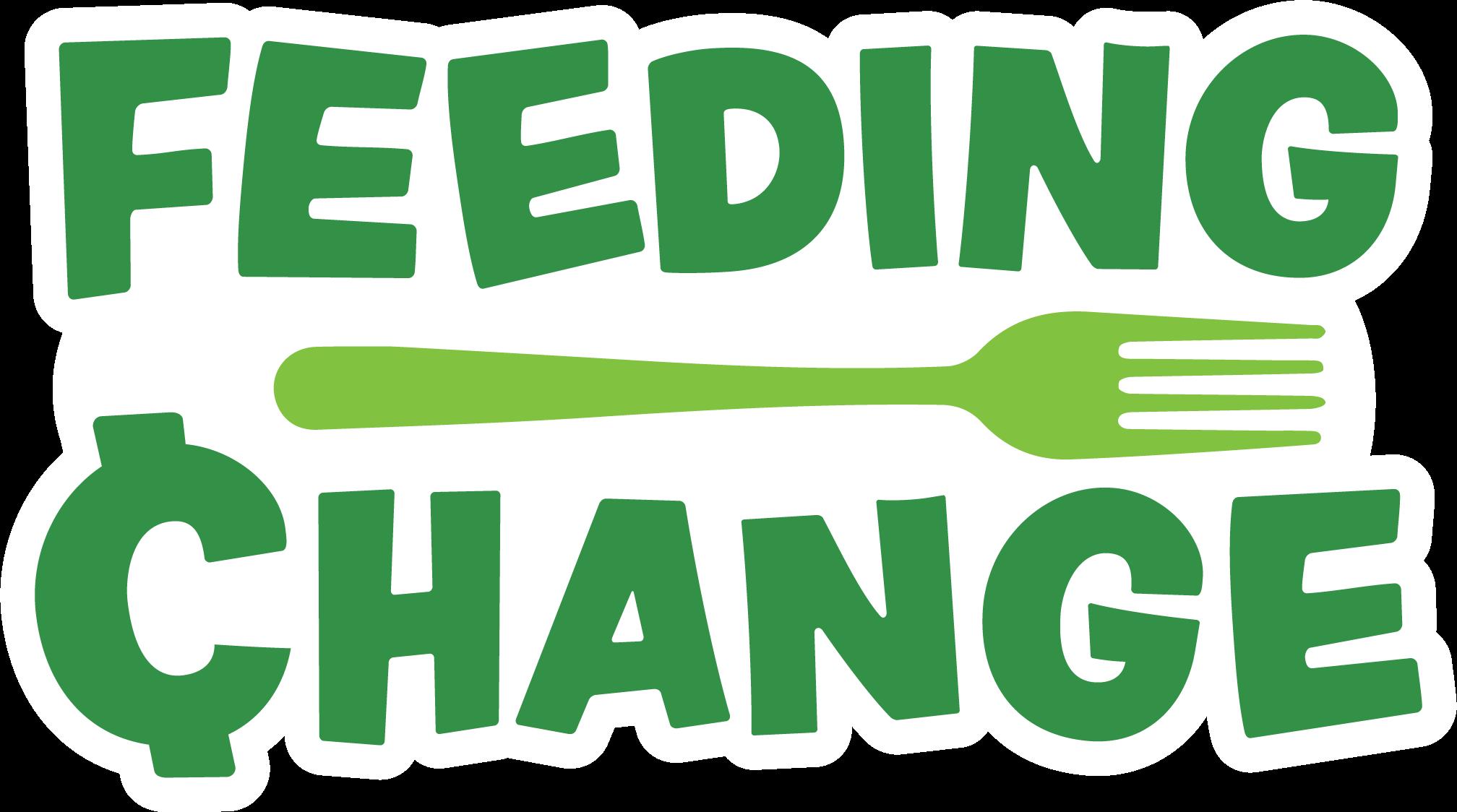
$8,000+ RAISED as of Sept 20, 2025
About the Skagit Food Distribution Center
The Skagit Food Distribution Center (SFDC) is the centralized distribution center for all of the food banks in Skagit County. In 2024, SFDC worked tirelessly to provide 3.3 million pounds of food to sixteen local food banks and four hot meal programs that serve over 45,000 residents. Beyond its role as the distribution hub, SFDC works to serve vulnerable populations by coordinating healthy food delivery to homebound seniors. SFDC buys produce whose high demand is rarely matched by donation, including beets, cabbage, carrots, green beans, tomatillos, chilacayotes, etc. Skagit Food Distribution Center also makes opportunity purchases: when a farm has a buyer for produce, but the deal falls through, SFDC steps in as a buyer so farmers can cover their costs, while still allowing SFDC to obtain top-quality produce at a discount for distribution.
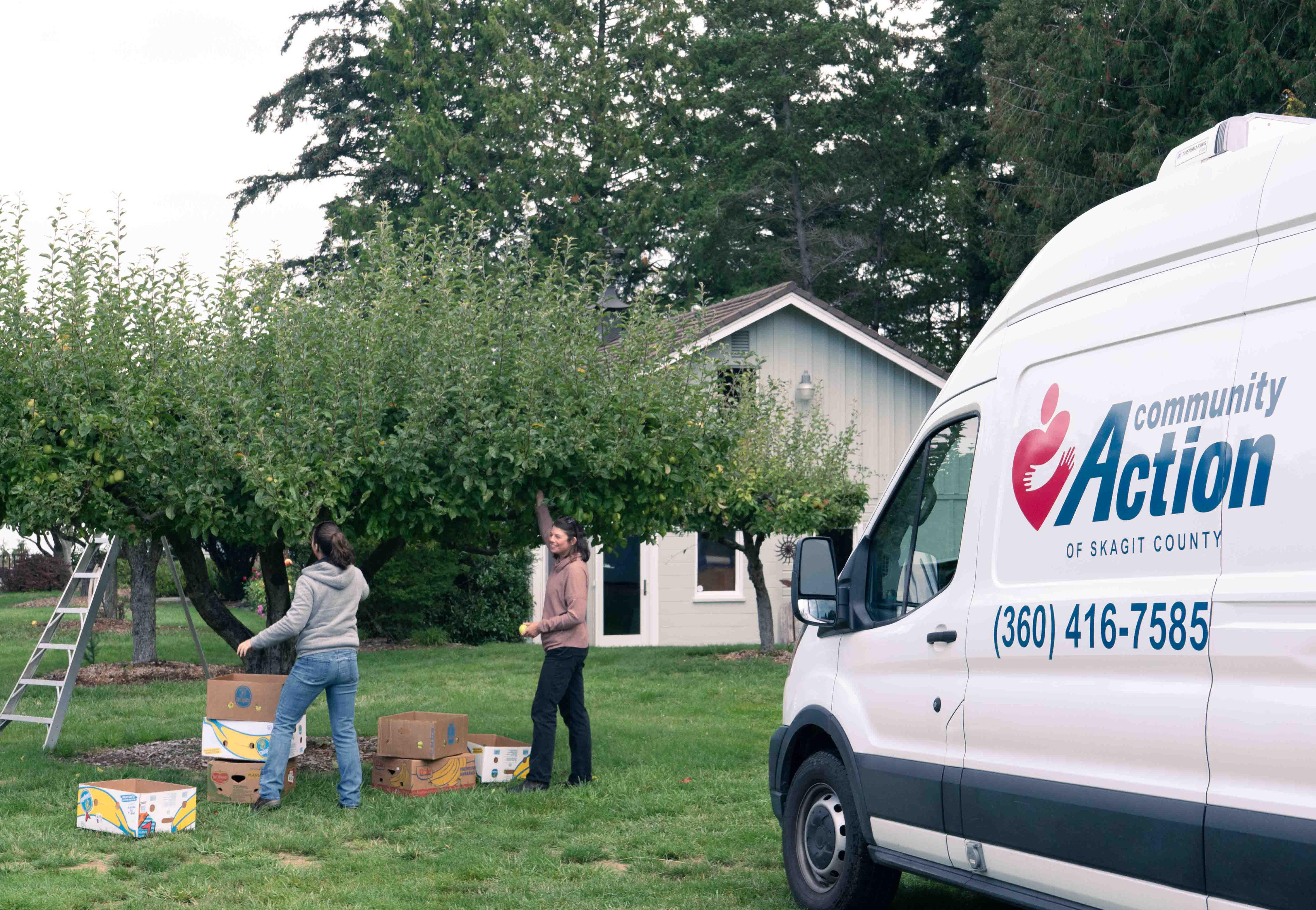
Holiday Hours
| Nicole Noteboom
CONTRIBUTING EDITOR | Leigha Staffenhagen
LAYOUT & DESIGN | Megan Young STAFF CONTRIBUTORS | Tony White, Justin DeMeyere, Ben Goe, nancylee bouscher BOARD OF TRUSTEES |
Kristen Ekstran, Tom Theisen, Laura Bady, Casey Schoenberger, Rob Smith & Zach Armstrong
Brad Claypool,

Announcing My Retirement
DearCo-opMember-Owners,
Some of you may have been aware that I have been planning to retire in the spring of 2026. It is with mixed emotions that I have decided to move my retirement date up to December 1, 2025.
From the start, part of my retirement plan was to move back to live on a floating home on the Columbia River in Portland; my wife and I spent four years living on the river before moving up to Skagit County to manage our Co-op. Last year, the ideal river home became available, and we decided to jump at the opportunity to purchase it. That decision has led to my wife and me living apart for much of the time. It has become increasingly challenging to find a balance between my personal life and work, and we have decided that it is in the best interest of our health and happiness to be back together as soon as possible. Therefore, I will retire on December 1st. We have loved living in the area and leave with a fair amount of apprehension, since we both identify this region as the most beautiful place we’ve ever lived. But the river life suits us well!
The Makery Movement: Crafting Better Food Through Community


Running our Co-op, for me, has been the perfect ending to my career. It has been a true joy working for you all! This year marks 30 years I’ve been involved in food co-ops. Prior to that, I had fifteen years working in conventional supermarkets, so altogether, a really long career in the food industry. In 1995, I decided to move into a new job with a food co-op in New England. Moving into the cooperative sector was one of the best decisions I ever made. I immediately embraced the cooperative model and all of the values and missions associated with it. Then, in 2015, my wife and I decided to move across the country to Portland, Oregon to launch the regional office of National Cooperative Grocers (NCG). NCG is a cooperative owned by food cooperatives across the country, including ours. This position allowed me to use my skills to help support numerous co-ops across the country. It was great work, but involved a lot of travel. Early in 2019, Todd Wood asked if I would ever be interested in running a food co-op again, specifically Skagit Valley Food Co-op. I explained to Todd that another move to a new area of the country was not ideal for my wife and me, but that I would consider it. In the middle of 2019, while visiting the area for work, I scheduled some time to drop in and tour the Co-op. The minute I walked into the store and felt the energy and the community, I knew it was where I wanted to be.
I was fortunate enough to have been hired as the new GM to continue the work of Todd, the staff, the Board, and the community. Other than being introduced to a pandemic in my first three weeks on the job, it has been a great run. I have so enjoyed my six years here at our Co-op. I will always cherish the relationships I have built here. I am very sad to be leaving my Co-op family that I have treasured for the last several years. However, I am really looking forward to spending more time with my wife and hopefully enjoying a life of fewer headaches. My plan is to work on my golf game—it needs a lot of work—and to embrace fishing on the Columbia River.
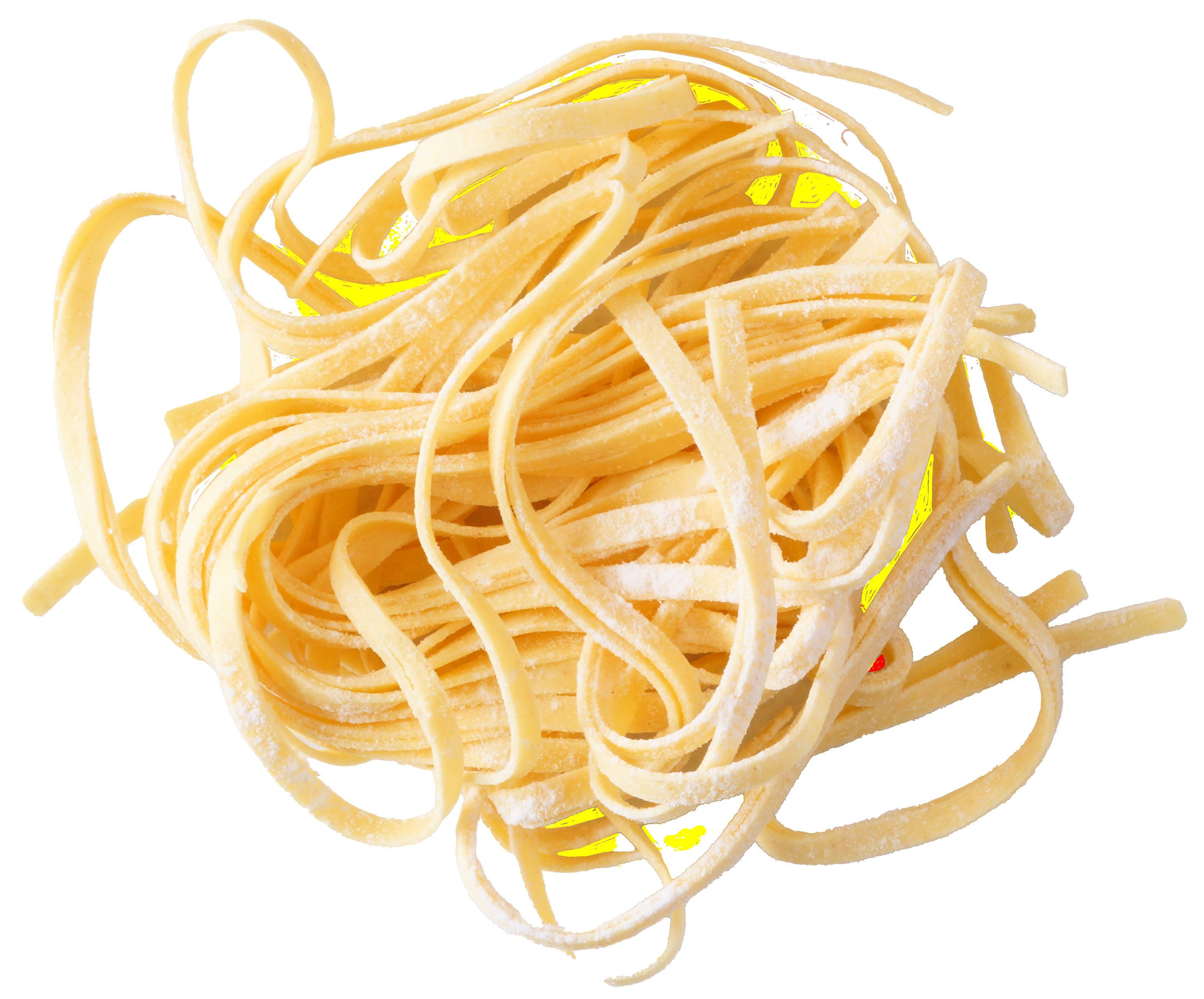

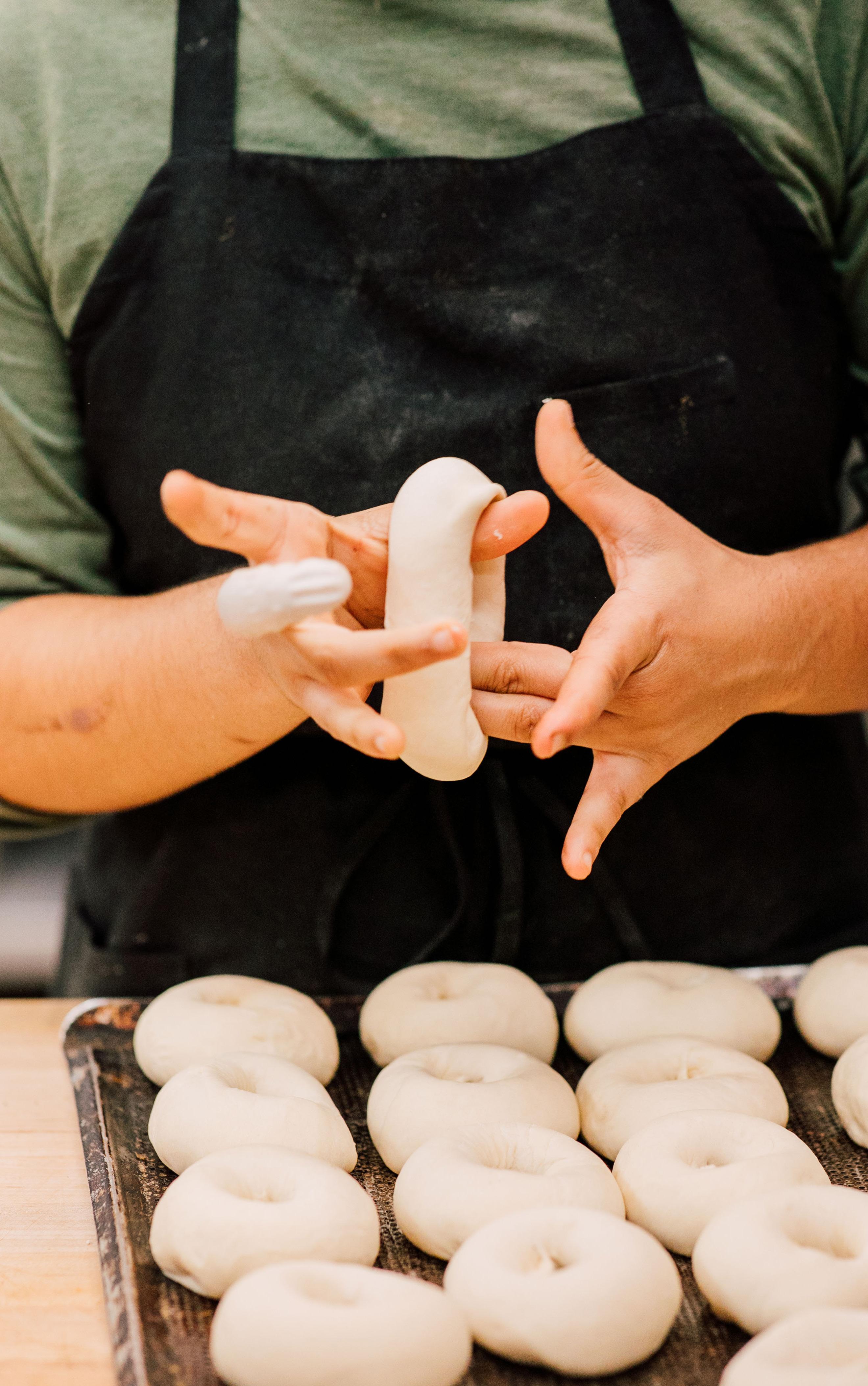

We have an amazing staff here at our Co-op, and our senior leadership team is strong. I am proud of the team we have developed here. I believe that team has the right people in it to lead our Co-op into the future. I have no doubt that our Co-op will continue to thrive for decades to come.
Our Co-op is in a very healthy place. When I took the helm, it was in a healthy place, and I am proud to say that as I leave, it still is. Skagit Valley Food Co-op is a vibrant business in our community and one that values staff, local economy, and cooperative values. Annual sales have grown by $6 million since I started, and we currently employ over 185 staff.
Thank you so much for letting me share the last six years of my work life with you. They have been the best years of my career. I will miss so many people that I have come to care for over that time. My wife and I hope to visit the area often to reconnect with our Co-op family. And of course, do some shopping at the best Co-op in the country.
Sincerely, Tony White
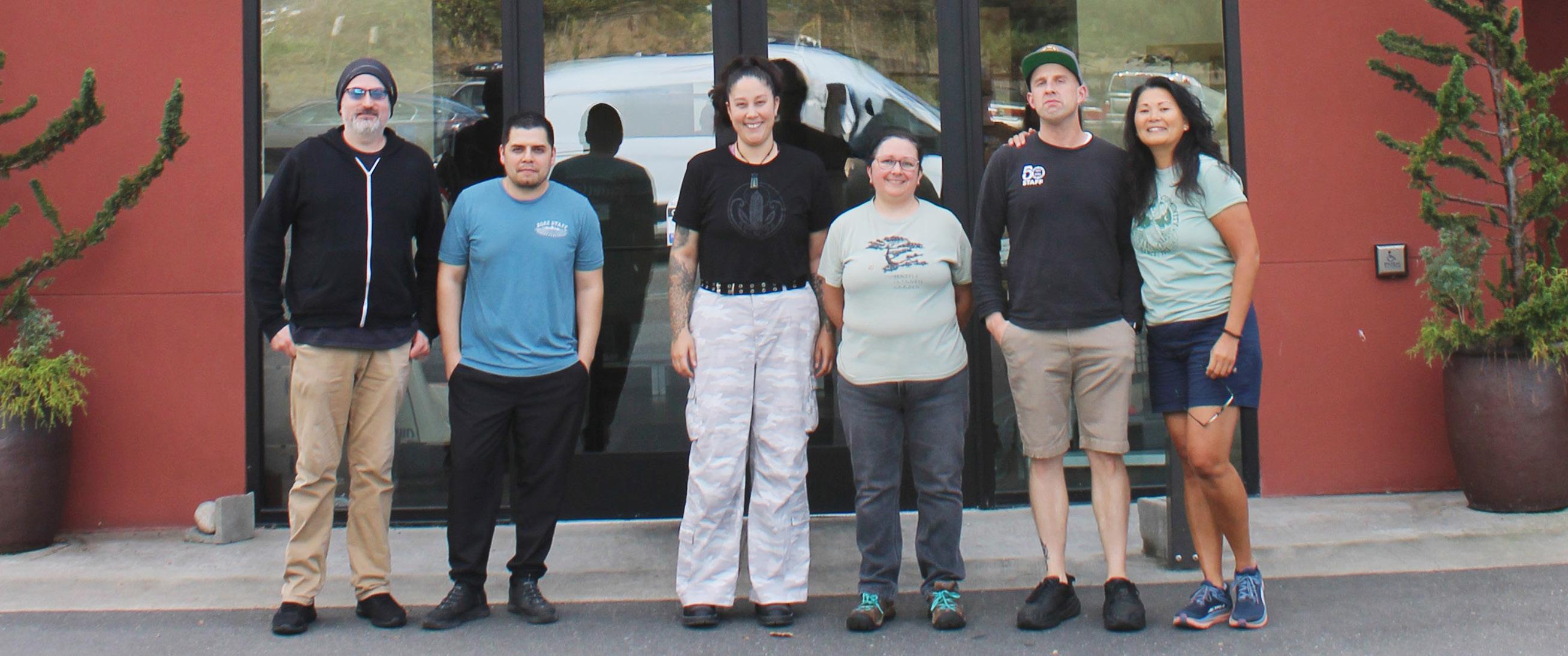
by Justin DeMeyere
Makery team members Justin D., Brandon N., Maren L., Virginia L., Zach A., and Lisa G.
Tony and Joan White
General Manager
Field Day: Savings With a Cause
As we get ready for a season of gatherings with friends and family, the Co-op is again putting all Field Day items on sale in the month of November. Field Day is our value brand that offers high-quality, delicious food, and household products at more affordable prices, every single day. During this sale our lowest prices will be even lower, meaning you can save more while celebrating the traditions you care about this holiday season.
Best of all, shopping for these values also supports your values! We are joining co-ops across the country, and donating 5¢ for every Field Day product sold to North American Traditional Indigenous Food Systems (NATIFS).
NĀTIFS is a nonprofit organization founded by Lakota Chef Sean Sherman (known as the Sioux Chef), dedicated to revitalizing Indigenous food systems and promoting cultural preservation within Native American communities. Through initiatives like the Indigenous Food Lab, NĀTIFS offers training programs, educational workshops and support for Indigenous entrepreneurs to empower individuals and foster economic development. By addressing economic disparities, food insecurity and the loss of Indigenous food knowledge, NĀTIFS aims to restore health, wealth, and cultural identity to Indigenous populations. The organization's commitment to promoting Indigenous foodways education, facilitating food access, and revitalizing ancestral knowledge underscores its mission to create positive social impact and support underserved communities.
To create impact even closer to home, your Co-op will be matching our donation contribution to the Swinomish Indian Tribal Community’s Community Environmental Health Program and its 13 Moons Garden. The garden is used as an accessible central location on the reservation for classes, workshops, and work experience in food sovereignty. SITC also uses the garden to feed their elders and community members, as well as to grow traditional native plants for medicines.
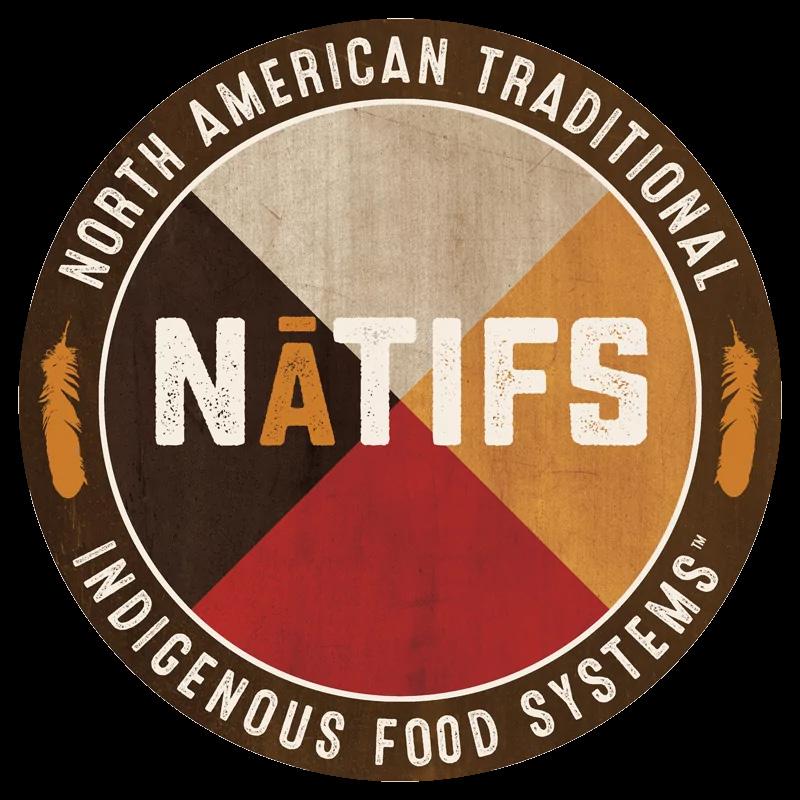
$140,000+ Donated in 2024!

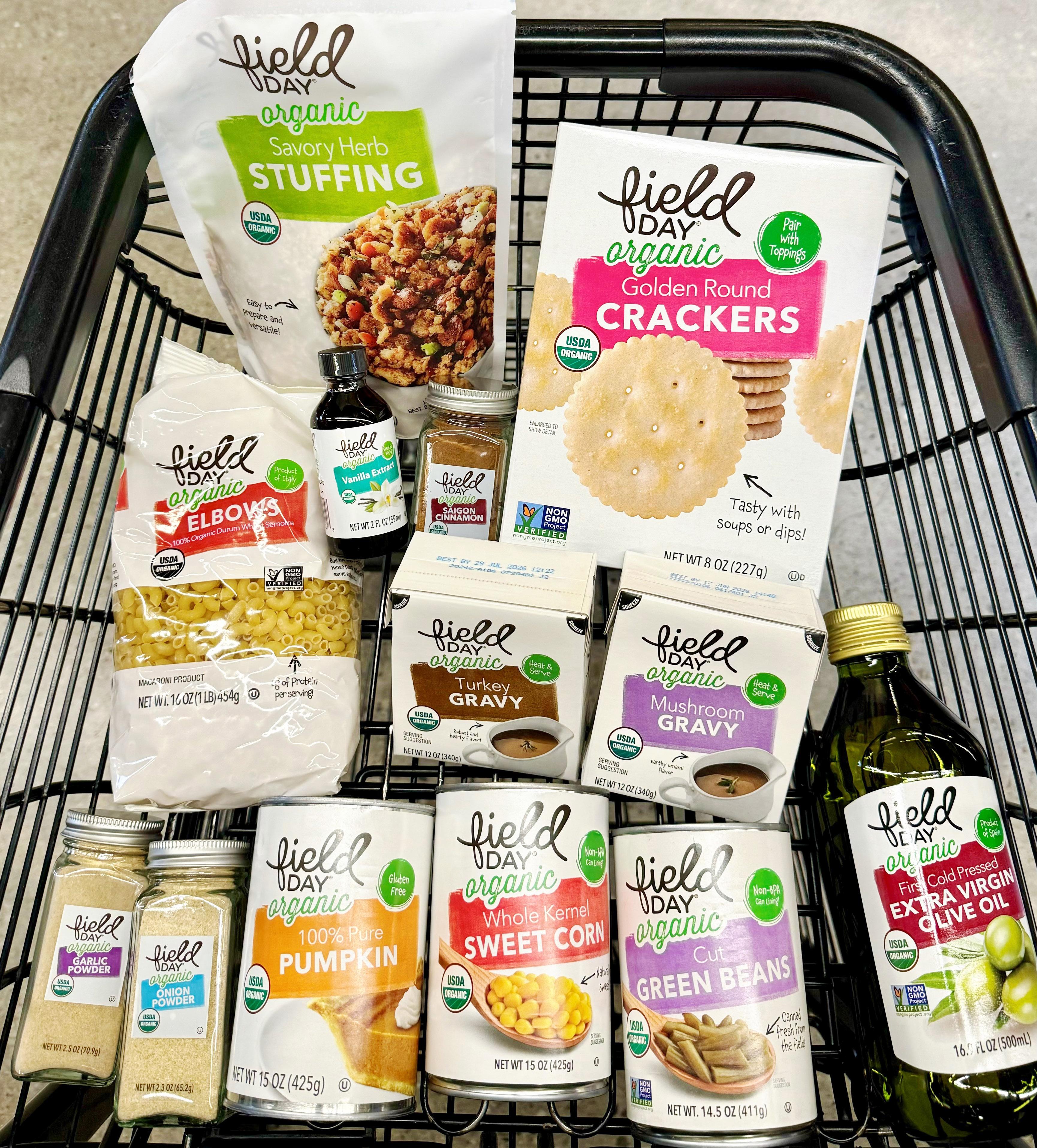
$6,000+ Donated to 13 Moons in 2024
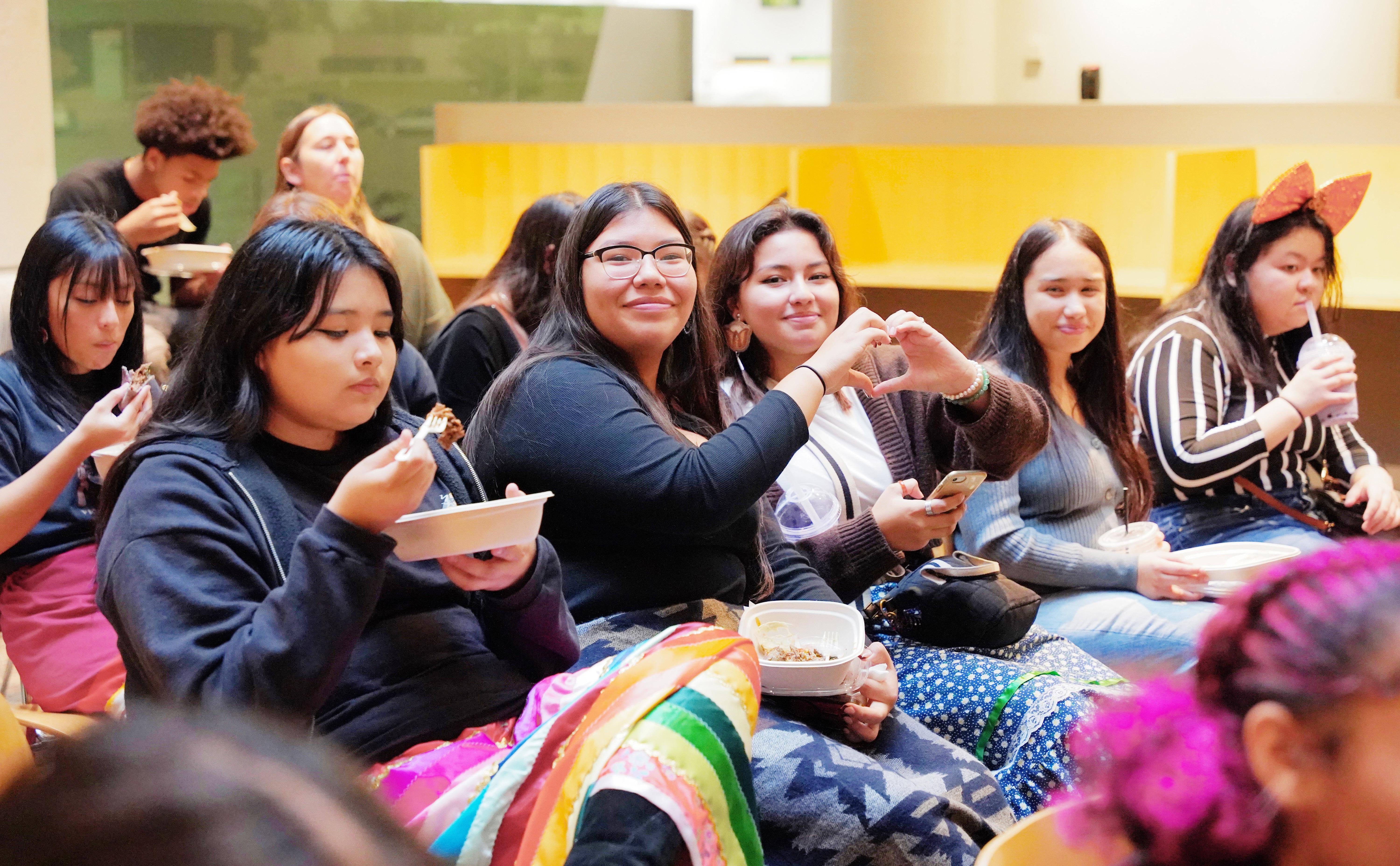

Indigenous Food Recipes
As a participant in the U.S. Department of Agriculture (USDA) Indigenous Food Sovereignty Initiative, NĀTIFS works with its Indigenous Food Lab and partner Indigenous chefs across the country to develop recipes and accompanying cooking videos that demonstrate how to combine Indigenous and locally foragable foods. Through this project NĀTIFS aims to spread awareness of how to use Indigenous foods to make healthier meals.
In the first year of the project, NĀTIFS’ Indigenous Food Lab created recipes and partnered with Indigenous chef Crystal Wahpepah of Oakland, CA, owner of Wahpepah’s Kitchen restaurant, to provide recipes and videos featuring wild and foraged ingredients from the West and Southwest.
Here, a few for you to try with local ingredients this fall.
Baked Pear Blueberry Crisp | 4 Servings
1 can pears (including juice from can)
· 1 1/2 cups blueberries (fresh, foraged*)
1 cup quick cooking oats
1 Tbsp butter
1/2 cup water
Directions:
1. Preheat the oven to 350°.
2. Spread butter at bottom of a baking dish.
3. Add pears and blueberries to the baking dish and set aside.
4. In a mixing bowl, mix quick cooking oats with water until fully combined.
5. Spread oatmeal mixture on top of the pears and blueberries in the baking dish mixture.
6. Bake for 20 minutes. Let sit to cool briefly before serving.
*You can also substitute foraged blackberries or frozen blueberries if fresh foraged blueberries are not available.
Bay Laurel Beef Stew Shepherd’s Pie
5 bay laurel leaves
1 can beef stew

1 lb Co-op ground beef
4 cups instant mashed potatoes*
Directions:
1. Preheat oven to 350°. Add ground beef to saucepan, brown over medium heat.
2. Once beef has fully browned, add 1 can stew meat and bay laurel leaves to saucepan
3. Let the mixture simmer for 30 minutes.
4. While the stew is simmering, in a mixing bowl add 3 ½ cups of water to instant mashed potatoes and stir until fully combined.
5. Add additional water as necessary to reach desired thinness, season mashed potatoes as desired and set aside.
6. After the stew has simmered for 30 minutes remove the bay leaves. Pour the stew mixture into a baking dish, and spread mashed potatoes evenly over top.
7. Bake for 20 minutes, until the mashed potatoes start to brown on top. Let cool briefly before serving.
*You can sub with dried bay leaves, and feel free to use fresh mashed potatoes!
This work was supported by the U.S. Department of Agriculture, Office of Tribal Relations, Indigenous Food Sovereignty Initiative. Re-printed from natifs.org.
Photos from North American Traditional Indigenous Food Systems (NĀTIFS)
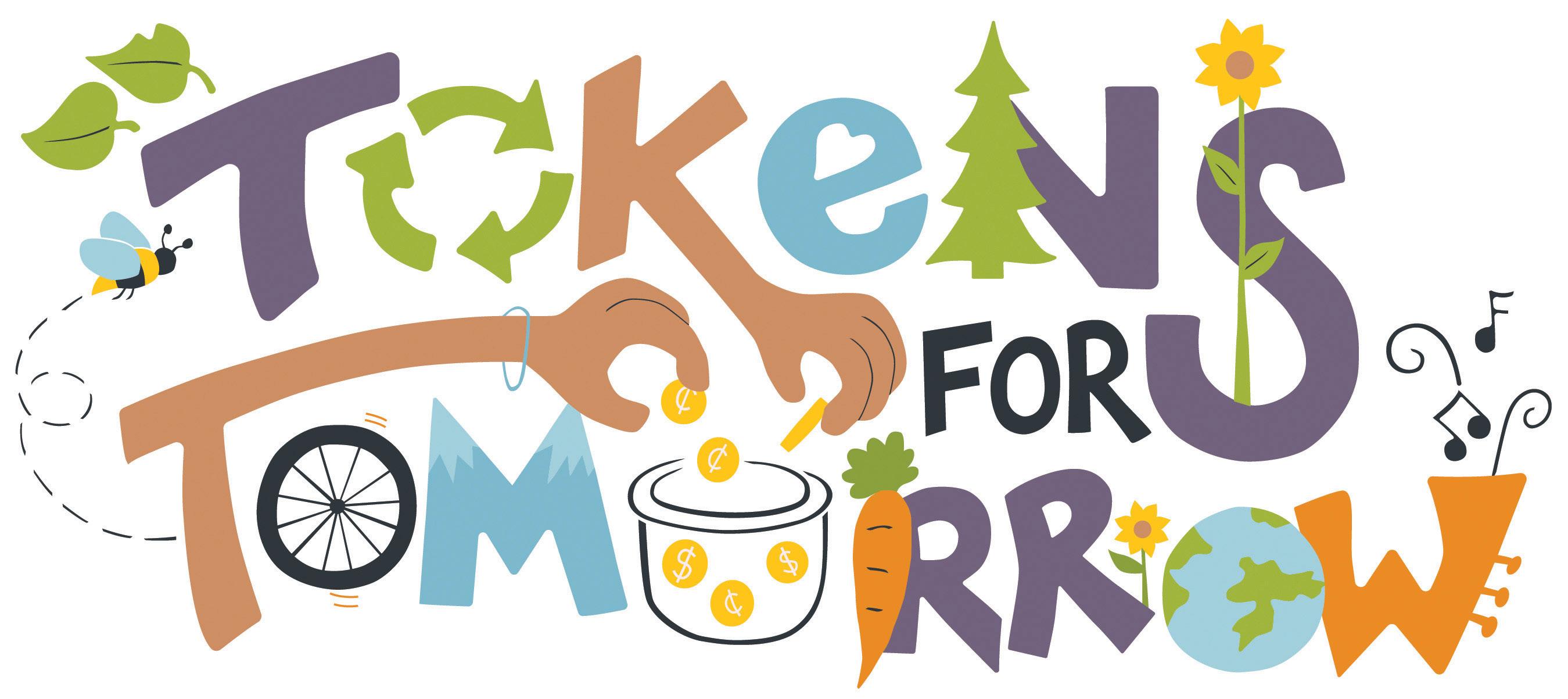
Meet our 4th Quarter Groups! October 1–December 31
Every time you bring in a reusable shopping bag, we honor your commitment to reducing waste with a token worth 8¢ that you can give back to one of four local organizations:
13 Moons at Work
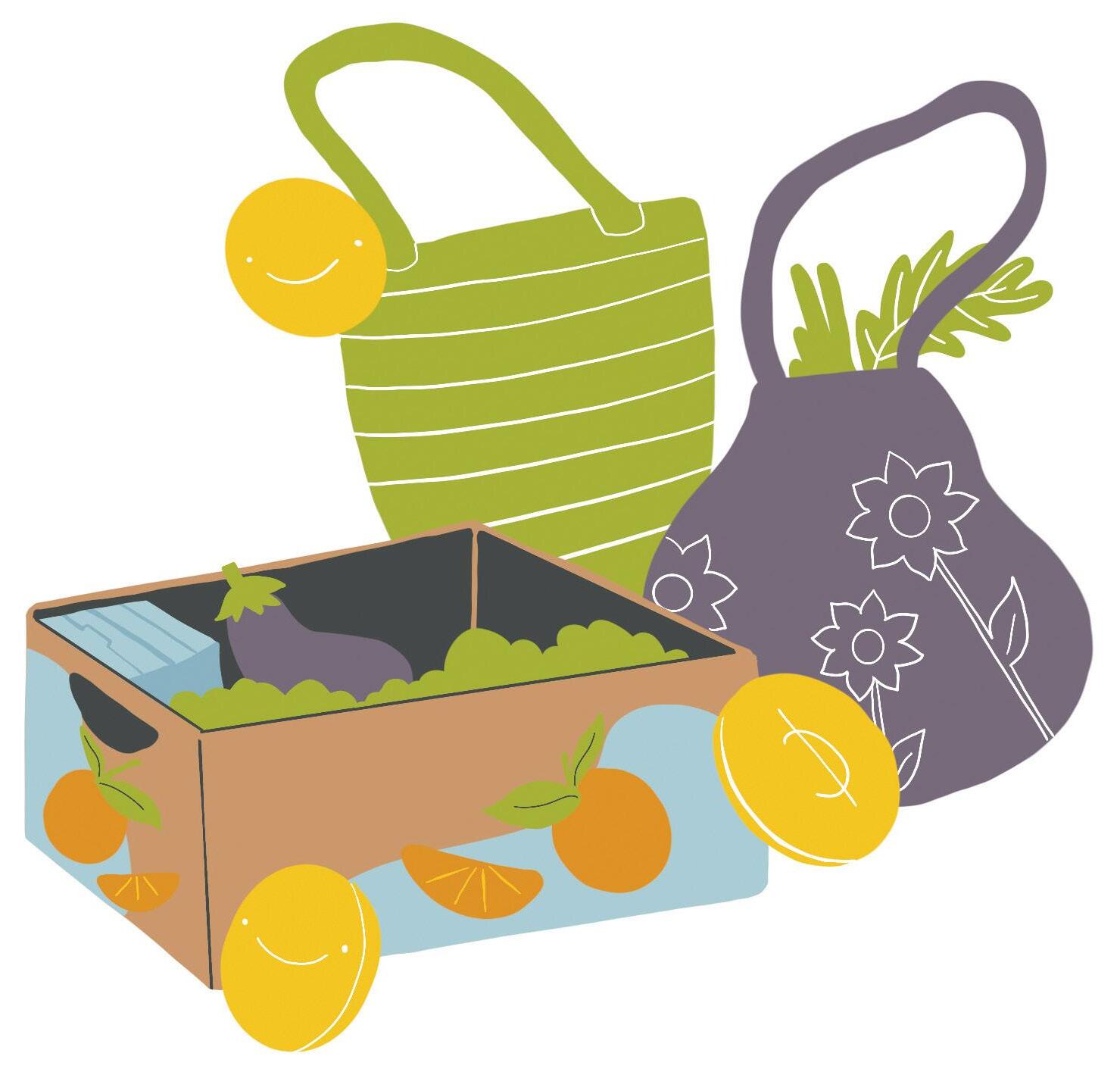

13 Moons at Work is an educational extension of the Swinomish Indian Tribal Community’s Community Environmental Health Program. The 13 Moons garden is used as an accessible central location on the reservation for classes, workshops, and work experience in food sovereignty. SITC also uses the garden to feed their elders and community members, as well as to grow traditional native plants for medicines.
facebook.com/13MoonsatWork
Pigs Peace Sanctuary
Pigs Peace Sanctuary is a place of tranquility and happiness dedicated to providing a safe home for unwanted, abused, or neglected animals in need, and it’s committed to spreading the message of compassion and respect for all animals.
Pigs Peace celebrates the lives of pigs in a world where they are misunderstood and harshly treated and inspires compassion through its shelter care, education center, and vegan advocacy.
PigsPeace.org


NAMI Skagit
NAMI, the National Alliance on Mental Illness, is the nation’s largest grassroots mental health organization dedicated to building better lives for the millions of Americans affected by mental illness. NAMI Skagit is one of nineteen affiliates in Washington. NAMI’s mission is to provide support, education, and advocacy for persons living with mental illness, their families, and the community.
NAMIskagit.org
The Holding Space
The Holding Space Birth + Wellness Cooperative provides and protects an environment of awareness, compassion, and safety by offering affordable, comprehensive, and personalized support groups and healthy and wellness education to the community, focusing on the life transitions of women. As a nonprofit that works in partnership with for-profit businesses and professionals, The Holding Space connects women with support services within the community.
TheHoldingSpaceBWC.com
Get Your Gobble On!
It’s Fall y’all, and we’ll be taking your holiday turkey orders in no time. Here’s how it works:
Turkey orders start Saturday, November 1st.

Order your turkey in person at the Meat Department counter or call the Meat Department at 360.336.5087 x 128.
No Deposit Required.
Turkeys available for pick-up Sunday, November 23—Wednesday, Nov 26. You can pick your turkey up at the Meat Department or go through the checkout registers, and we’ll fetch it for you!
As always, our turkeys come from Diestel Family Farms in Sonora, CA. All Diestel turkeys are 100% vegetarian fed, raised without antibiotics or growth hormones and contain no preservatives, gluten or artificial ingredients. This year, we’re offering Diestel Original, Diestel Organic , and Diestel Heirloom turkeys.
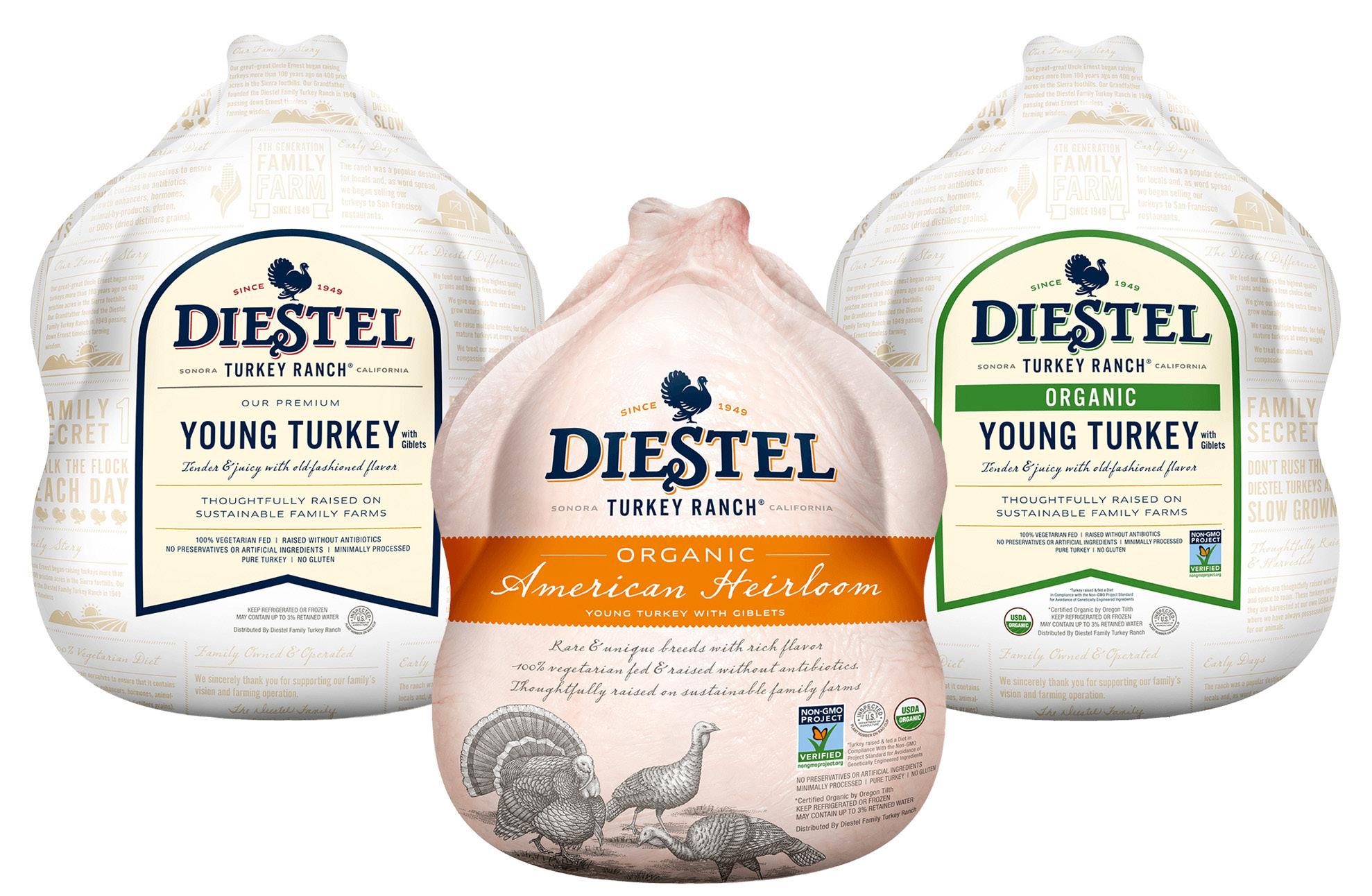
Out & About with the Co-op: Fall 2025

Whether you caught us at the Farmers Market for Salmon Days, the Giant Pumpkin Festival at Christianson’s Nursery, or any other number of events we attended this summer, we’re always so happy to see your faces! While the busyness of the holiday season has us winding down from being out and about all summer, there are still ways to connect with your Co-op in the community this time of year.
YMCA Halloween Spooktacular
October 18 | 5–8pm | Skagit Valley Family YMCA
Join us at the YMCA’s free, family-friendly event with plenty of Halloween-themed activities, games, and prizes for kids and parents alike to enjoy! From carnival games and a spooky pumpkin patch to face painting and a special performance of Thriller, bring the whole fam and don’t forget to wear your best costume!
Downtown Mount Vernon Trick-or-Treat
October 31 | 4–6pm | First Street
Come on down to First Street this Halloween for a fun and safe alternative to neighborhood trick-or-treating! Grab your ghouls and goblins and make your way down to Downtown Mount Vernon for this highly anticipated annual trick-or-treat event. All treats, no tricks!
Downtown Mount Vernon Holiday Parade
December 7 | 5-6pm | First Street
Kick off the holiday season and have a holly jolly time at Downtown Mount Vernon’s Holiday parade! Come for the brightly decorated floats and cars and stay for the tree lighting in Pine Square. Make sure to keep an eye out for your Co-op, handing out winter citrus to celebrate the season!
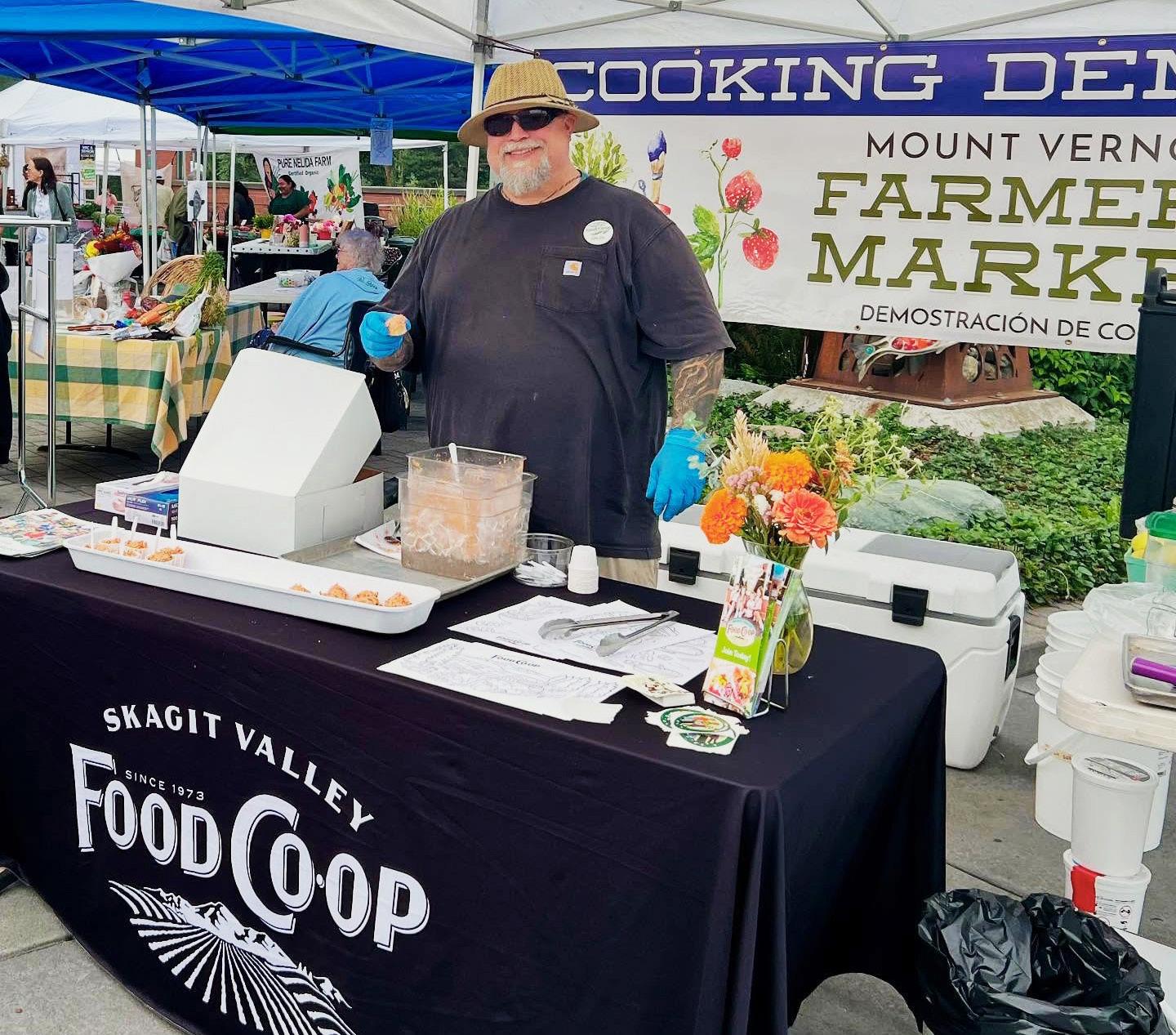


Galen serving up the Co-op’s Smoked Salmon Experience during Salmon Day at the MV Farmers Market
Our Farming Community, Under Pressure

According to Washington State University Extension, Skagit County farms grow over 90 different commercial crops on 90,000 acres. They produce more tulip, daffodil, and iris bulbs than any other county in the country.
As impressive as that data is, it can’t capture the magic of living in a farming community: bins and baskets of colorful local produce at the Co-op or the farmers markets; summer farm stands as they circle the seasons with tulips, berries, dahlia bunches, tomatoes, and pumpkins.
Daily commutes take us through the fields, and we watch the growth shift with time and climate: blueberries, Brussels sprouts, corn, potatoes, spinach seed, daffodils, raspberries, sunflowers.
I live on farmland, and love the soft geometry of field grass cut, stirred, and laid out in clean rows for the local dairy farmer to bale. I am used to driving through late summer corn tunnels, used to the sound and lights of midnight harvests, with an urgency to get crops in before the fall rains.
FROM THE PRODUCE DEPARTMENT
For one brief year, I tried being a farmer.
So. Much. Work.
Flooding fields, 14 hour days, potato sorting in freezing weather in an open barn. And also glorious sunsets, abundant ripe strawberries, and hands that felt useful. I have an emotional stake, an identity stake, in being part of a farming community. And I don’t think I’m alone in this.
So, when I considered writing about community for this Natural Enquirer issue I wanted to explore how the farm community is faring right now. I wanted to consider what might happen if we disregard our farming culture, what might happen if we take for granted that it can survive no matter what. Many recent federal administrative practices have focused on the agricultural community, and I looked at three of those stories for this article.
But First, a Caveat, and Lelo
Perhaps the hardest part of writing this article was knowing that it might be a risky idea to mention specific farms or farmworkers by name— that by doing so the Co-op might inadvertently make a target of that farm and its workers. In forty years of writing for the Natural Enquirer, no matter how controversial the topic might have been, no one has ever asked me for anonymity. And, I have never felt that I should suggest it myself, but I felt that need for this article.
It is not paranoid to think workers, especially those who might speak out, are in jeopardy, knowing that one of the earliest national farmworker incarcerations and eventual deportations was Alfredo Juarez Zeferino (Lelo), a young, widelyrespected, local farmworker activist who was stopped, pulled from his car, and arrested in March by ICE while driving his partner to her job at Washington Bulb. Lelo had lived in the area since he was a child and is widely believed to have been targeted for his farmworker advocacy.
Community: Grown Boldly & Organically
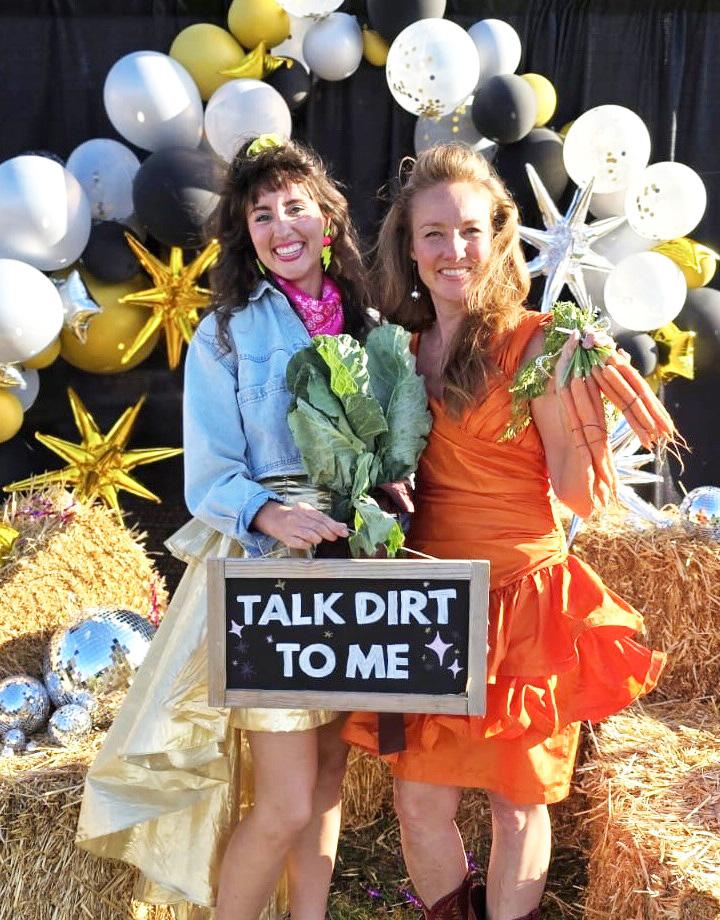

When I sit down to write an article for the Natural Enquirer, I can usually know what it’s going to look like ahead of time. I’ll have been asked to cover a specific subject: an event I attended, food waste, a particular farm or supplier, holiday recipes. This time the prompt was pretty broad: how co-ops build better communities. As I began to consider the topic, I quickly realized that what I know best is how our own Co-op builds up our own community, through partnership with local farms and suppliers.
In August, my assistant Clay and I had the pleasure of being invited to Boldly Grown Farm's 10th anniversary “Farm Prom” party. I can’t say enough good things about Boldly Grown, and about its owners Jacob and Amy.
The Co-op is and always has been an ardent supporter of their farm and their mission, and we continue to buy much of our winter produce from them. Jacob and Amy also work closely with the Puget Sound Food Hub, another co-op, and the Organically Grown Company, which was a worker-owned co-op for many years before it transitioned to a mission-driven perpetual purpose trust.
The party was a blast. Attendees dressed up in a combination of prom formal and farm wear. Everyone brought a delightful potluck dish, probably more food made with local produce than I’ve ever seen in one place. Eric from Well Fed Farm roasted a pig that he had raised while some of us toured the farm, and we were reminded at every turn that this truly is a close-knit community that we are privileged to be a part of. Many local farmers and agricultural luminaries were in attendance, and there was a prevailing sense of kinship and common goals.
As Jacob and Amy began the work of setting up their farm ten years ago, they met with me to discuss what they might grow for us. We all saw a need for season extension in the Valley—more local produce available for more of the year.
Since then, they have worked hard growing storage crops and winter vegetables, and we now have much more local produce available through the winter. They’ve become pioneers in growing winter chicories. They now farm 35 acres in Bow, on what was a derelict dairy farm when they purchased it in 2021. They operate a yearround farm stand on the site and have a 325-member winter CSA.
by Beverly Faxon
He was held for months in the Tacoma Northwest Detention Center before eventually agreeing to self-deport back to Mexico in July. His decision came as his petitions for bond were repeatedly denied, and as he saw his next hearing date pushed out to November. After his release, he recounted poor treatment for all detainees: a lack of food, with meals sometimes delayed to the next day; chronically undercooked food, to the point of being unhealthy; delays in receiving health care, including for illnesses he felt were caused by the diet.
Lelo’s high profile detention and deportation— reported as far afield as The Guardian, and garnering attention from Washington State and federal legislators—sent immediate alarms throughout the farmworker community.
Valuing Our Farmworkers
The agricultural community is about food, and about land, and it’s even about money, but when it comes down to it, the community is about people.
I spoke with a local farmer who relies on an immigrant workforce. Many of his workers reside here full time and have done so for years. He preferred not to be identified, not because of any personal fear, but out of a desire to protect his workers, whose welfare and sense of ongoing community are writ large for him.
He expressed his understanding of the value of having a secure job, how that can reverberate out and benefit the community as a whole by contributing to a stable, healthy population, “The biggest accomplishment of this farm is the number of students who graduate from high school because mom or dad have a steady job. They can stay in the same school. They don’t get behind. These kids have lived here their whole lives.”
“Farm labor is a skilled job... like an electrician or a plumber,” he told me. “The people who work at the farm are the most valuable asset any farmer has. It’s important to take good care of the people who work with you. People need to be treated as people.”
(article continues on page 12)
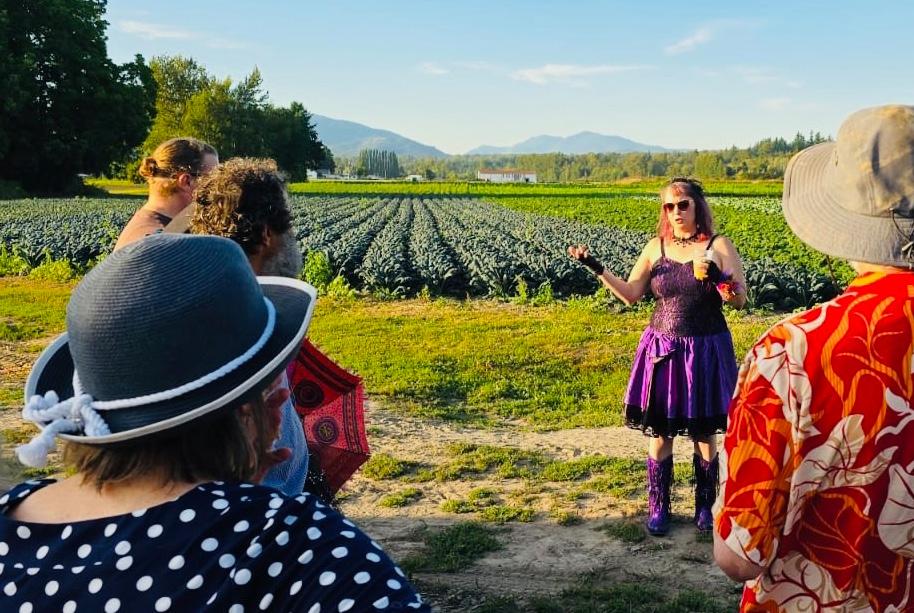
A few other events that reminded me of our close connection to the local agricultural community over the past year jump to mind. There was the day when everyone in the Produce Department went to the WSU Extension Center west of Mount Vernon to participate in their sweet potato variety trial taste-test. We ranked over 20 varieties of sweet potatoes on flavor, color, texture, and sweetness. WSU has been developing wirewormresistant varieties suited to growing in our region. I also got to attend the Skagit Agriculture Summit at the Extension Center later in the year. At both events, the Co-op produce department was recognized and thanked for our contributions to the vibrant local ag scene.
I mentioned the Organically Grown Company (OGC) earlier. In early September, Brendan and Kristi from OGC came up from Portland and did a melon tasting at the store. All of the melons we sampled were Northwestgrown, from farms that are also stakeholders in their company. Last year, Ryan, one of our department leads, got to tour the farms where the melons are grown and to meet the farmers. We went to dinner after the tasting, and the conversation drifted between personal and agricultural. I’ve known both Brendan and Kristi for many years now, and again, I was struck by a feeling of camaraderie and shared goals. It’s not just a business relationship—it’s a sense of common values, a feeling that this is a community, and that we have a responsibility to give back, and make it better, healthier, and more prosperous for everyone in it.
Views from the road.
Photo: Beverly Faxon.
Boldly Grown’s Farm Prom partygoers & pig roast Photos: Boldly Grown Farm
Farm Prom Queen, Amy Frye. Photo: Boldly Grown Farm
by Ben Goe
The Poetry of Cabbage
by Sarah Stoner
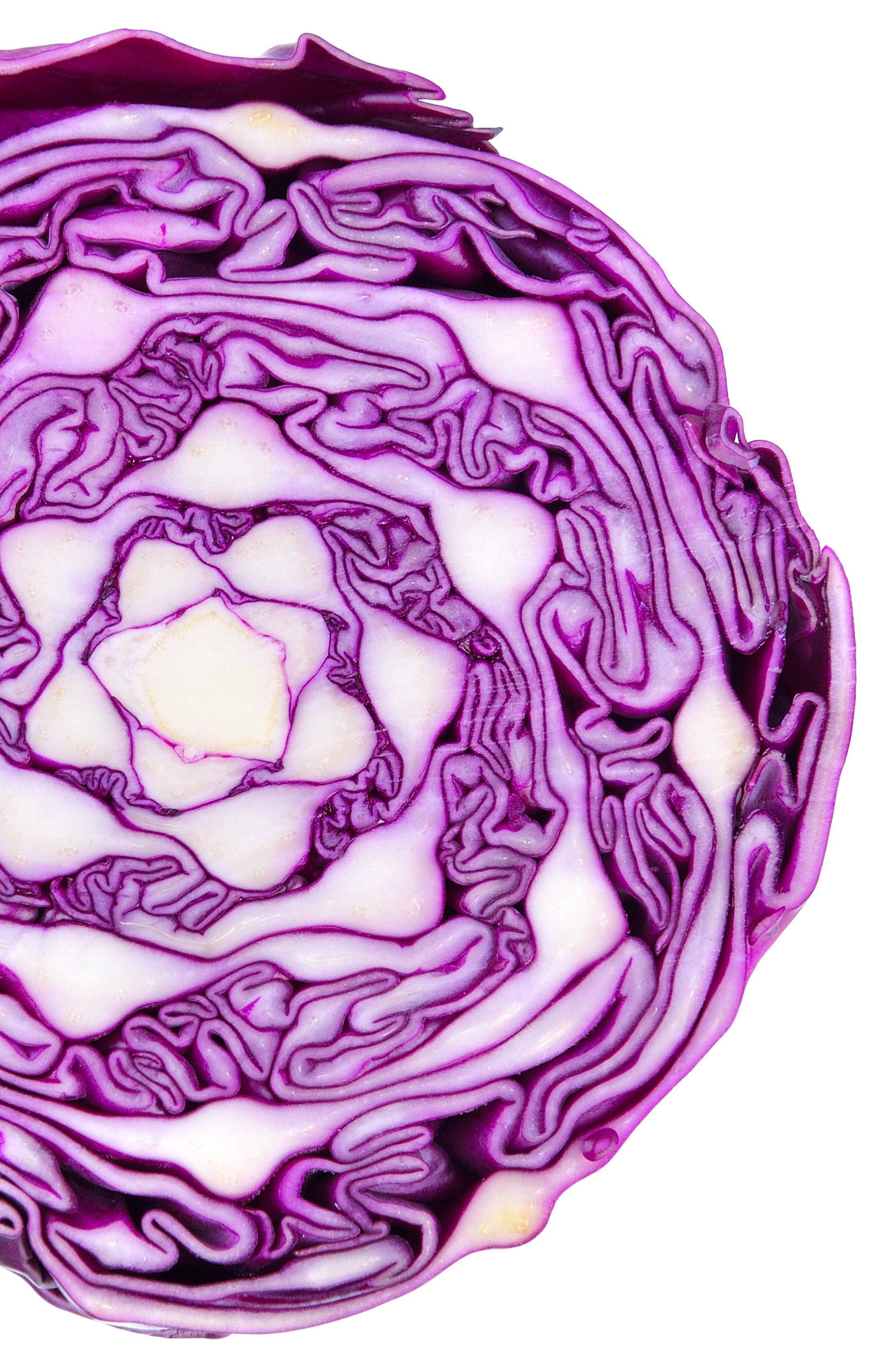
No one writes poetry about cabbage. Perhaps we should.
After all, what other food gets better and better each time you reheat it, but for cabbage, its several cultivars of Brassica oleracea? What other food stores well enough to last a long winter: potatoes, beans, turnip… cabbage.
Like most anything that is practical and useful, it is also considered lowly.
Cabbage is for peasants, not poems. “Cabbage eater” is slung about in Russian literature as a classist insult. The insult mocks centuries of poor who survived on cabbage soup. No king has ever crowed about cabbage at their royal table.
Maybe they should. Cabbage is a superfood dressed in plain clothes. It’s sturdily packed with vitamins and minerals, low in calories and high in fiber, inexpensive, and easy to find.
For sure, it’s no trendy hard-to-find "specialty food.” Cabbage is there when you need it.
I need cabbage when I’m facing down a too-beige dish with unsatisfying mouthfeel. Bright purple strands to the rescue for color and crunch. It’s an easy, fast fix that works. I need purple cabbage in a green salad, along with nuts or seeds, and dotting my tacos. Our bodies need its vitamin C and vitamin K, its comforting crunch, its color that changes with the pH of its birth soil.
Cabbage comes in a variety of colors—red, purple, white, or pale green. In acidic soils, its leaves grow more reddish; in neutral soils, they grow more purple, while alkaline soils produce more green-yellow cabbages.
Yet no one writes poetry about cabbage.
Have you clean-sliced a cabbage crosswise? Have you contemplated its spiral pattern that sings a geometry of seashells and fingerprints?
But it’s the taste, the taste. Raw, stir-fried, baked, braised, reheated. Deeply satisfying. Sweet-tart, soft-crunchy. I am clearly no poet when it comes to cabbage either—but I sure do have a few good recipes for you.
Have you had a rotkohl ? I first ate and loved this German red cabbage comfort dish well before I learned of its name. Flavor appreciation can exist without words.
Perhaps in our collective wintry future, we will find… a soft lit candle at the table, a plate of warm braised cabbage, and a blank page—ready for all the poetry found in our plainest of days. May they be bright, sturdy, nurturing.
· Cabbage Patch Kids, a line of cloth dolls with plastic heads first produced in 1982, came with a birth certificate and adoption papers— and set every U.S. toy industry record for three years running. They were also ugly as sin. Who says North Americans can’t love an ugly vegetable!
Russians, followed by Belgians and Dutch, are the largest consumers per capita of cabbage
· Skagit County supplies 25% of the world’s cabbage seed. That means when you’re eating sauerkraut in Germany or kimchi in Korea or a Reuben sandwich in New York City, there’s a one in four chance those seeds came from our valley.
· Cabbage is sometimes slang for money.
Cabbages have grown around the world for thousands of years, and are the staple ingredient for : kimchi (Korea), sauerkraut (Germany), coleslaw (Dutch origin; widely known in the U.S.), bubble and squeak (U.K.), buttered (Irish), stir-fried (China), holubutsi (Ukraine), lahano salata (Greek), lou fassum stuffed (France), vepadu fritters (India), yamitsuki (Japan), kapusta soup (Poland), repollo guisado (Dominican)—and the list goes on!
grew up in Uganda, Morocco, Belgium, and Thailand, and lived in her passport country for the first time at age 18. She wrote her first poem around the age of eight. sarahjstoner@hotmail.com
Local In-Season Produce
Gary’s
Gold: The Perfect Pear
Gary and Sue Moulton have about 350 pear trees in Bow, and we bought their entire crop of Taylor’s Gold Comice pears again this year, like every year. They’re Produce Ben’s favorite pear in the whole wide world, and Gary describes them like biting into a juicy pear-flavored butter.
Taylor’s Gold is a russeted, thick skinned pear (we recommend peeling) with the sweetest, most buttery flesh imaginable. Check ripeness by pressing lightly on the flesh around the stem; it should be as soft as a ripe peach. They're sure to sell out quickly once they’re in, so get some while you can!
Sweet and Sour Red Cabbage (Rotkohl)
A quintessential and popular German side dish, served in homes, centuries-old breweries, dining halls—and “good enough to have for Christmas dinner,” says my German friend Verena. Its distinct sweet and sour flavor profile balances cabbage with apples, vinegar, and spices. Adaptive to your pantry and taste, easy to prepare, best made ahead, and freezes well. Make it in big batches because it’s very true—the more often this dish is reheated, the better it gets.
1-2
Tbsp butter
· 1 large head of red cabbage (approx 1.5lb), finely chopped 1 large yellow onion, finely chopped 1/3 cup apple cider vinegar (or other sweet vinegar—balsamic, rice, or red wine)
1 large apple, cored, seeded, and chopped into small chunks 1/4 cup real maple syrup (or use 2 Tbsp fruit jam—red fruit like strawberry, raspberry, currant is best—honey, or brown sugar)
1 tsp caraway seeds (you could also try fennel, anise seed, or 2-3 whole cloves)
Salt to taste (1-2 tsp)
Optional: 1 tsp sugar
Directions:
1. Melt the butter in a Dutch oven over medium-high heat and cook the onions until just beginning to brown, 7-10 minutes. Add the cabbage and cook for 5 minutes.
2. Add the apple, spices, sweetener, vinegar, salt (and sugar if adding). Bring to a boil, reduce the heat to low, cover, and simmer for 2 hours, stirring occasionally, adding water or broth if needed. Taste and adjust with more salt, sugar, and vinegar as needed.
3. Enjoy with sausage (from the Co-op!), poultry, pork, beef, or fish dishes, and root vegetables (potatoes, yams, parsnips, rutabagas…).
Wintry Braised Red Cabbage, Plus Some Jelly
The recipe creator Nicholas Day invites you to take the braising a little too far—for slightly crisp and charred edges, to play off the body of the tender sweet cabbage.
1 medium head red cabbage (approx 2 lb)
4 Tbsp butter, melted
· 1/4 cup red wine vinegar
2 tart apples, peeled and sliced
· 1/4 cup red or black currant jelly
Directions:
1. Heat the oven to 325°.
2. Oil a 9x13-inch baking dish with half of the melted butter.
3. Peel the outer leaves from the cabbage and cut it into 8 wedges. Nestle the wedges in the baking dish, more or less in a single layer. Salt liberally and drizzle the remaining butter and 1/4 cup water over the top. Cover tightly with foil and braise for an hour.
4. After an hour, gently turn over each wedge and slide the sliced apples in among the cabbage. Drizzle the red wine vinegar over the top. Cover again with foil and braise for another hour.
5. Take the cabbage out of the oven and remove the foil. It should be so tender it nearly melts. Increase the heat of the oven to 425°. While the oven is warming up, drizzle the 1/4 cup currant jelly over the cabbage and gently incorporate it. Then slide the cabbage back in the oven and cook for another 15 or so minutes, until the wedges have started to brown. Serve warm or at room temperature.
BOLDLY GROWN FARM: Savoy, red, green + Napa cabbage, Escarole, Collard greens, kohlrabi, green, red + Lacinato kale, puntarella, beets, broccoli, sweet onions, assorted varieties of radicchio, Kabocha, Delicata + Hubbard squash, Winter Luxury pie pumpkins
BROWNFIELD ORCHARDS: Honeycrisp, Granny Smith, Fuji, Pinova, Evercrisp, Cosmic Crisp, Ambrosia + Gala apples, red + green D’anjou pears
CEDARDALE ORCHARDS: apple cider (not certified organic)
SAUK FARM: apple cider + apples
THE CROWS FARM: herbs, heirloom tomatoes, fennel, cabbage, cauliflower, broccoli
EDIBLE ACRES: assorted eggplant, melons, pluots, Seckel pears + Golden Delicious apples
LONG HEARING FARM: sweet peppers, winter squash, bunched + bagged carrots, chard
MOONDANCE FARM: sunflower greens, tomatillos, kohlrabi, Italian + Japanese eggplant, Daikon radish, French grey shallots, Brussels sprouts + winter squash
RALPH’S GREENHOUSE: bunched, bulk + juicing carrots, red + gold beets, green cabbage, red + green dandelion, parsnips, leeks, radicchio
WELL FED FARM: salad mix, kale, bunched beets purple + green cabbage, green tomatoes, sugar pie pumpkins, acorn, spaghetti + Kabocha squash
HEDLIN’S FAMILY FARM: assorted winter squash, onions, peppers, cauliflower, cabbage
HEDLIN FARMS: Jack-o’-Lantern pumpkins
RABBIT FIELDS FARM: assorted garlic, dandelion greens, beets, collard greens
FIRST CUT FARM: yellow, red, Amarosa fingerling, purple + russet potatoes, baby bok choy, shallots. red, yellow + Cippolini onions
DAHLIA DEPOT: microgreens: mild mix, spicy mix, onion, radish + pea shoots not certified organic, grown with organic seed
GARY MOULTON (BOW, WA): Taylor’s Gold Comice pears
U.S.-born Skagit writer and eater Sarah Stoner
Birds of a Feather
by nancylee bouscher
Looking back, most of my childhood memories in a vehicle involve one of two main themes— my brother and I fighting in the back seat, and by fighting, I mean he is antagonizing me until I whine or hit him, either way fulfilling his big brother role. Or, I am sitting away from my brother, unrestrained in the way back of a station wagon or in the bed of a pick-up truck being jostled about as I watch the road we are traveling through hindsight. Obviously, I preferred the latter, even when it caused mild car sickness and the air conditioning didn’t reach me, because long before tablets or even Walkmans, my brain was the best escape. I made up stories about every car we passed to answer the endless questions my brain asked as we followed a path forward that I could not see. No doubt this solitary time staring out the rear window helped me to hone some of my strongest skills: rumination and reflection.
These days, I do the driving, so the hmmm-ing and haaa-ing takes place on my back porch with my aging cats lounging next to me. My dog comes out to bark at the neighbor’s horse or the brave squirrel, while the goats destroy any tree I haven’t adequately armored against their endless nibbling. After years of having many chickens, we are down to one lone hen, Amelia, that follows the goats around and whose sprinkling of food attracts an assortment of wild birds. There are shy mourning doves that perch along the fence and will only venture onto the porch rail if I sit still for so long I fall asleep, the brave chickadees that flit to the seeds before I have even finished scattering, and the obnoxious Steller’s jay that swoops in and shoos off all the other sparrows, finches, and thrushes whose names I do not yet know.
The spontaneous and unpredictable visits of birds remind me of the best part of my job at the Co-op. While some folks enjoy the consistent routine of their work, I cherish the spice that each customer interaction brings to my day and the challenge of helping them to find an answer, solve a problem, or maybe just give them another human to chat with. Balanced with the ordering, sales reports, time cards, and invoices of my desk work, I am honestly so perplexed that I managed to find a job that fits me so perfectly, and few things fill my heart more than being surrounded by other folks who have chosen a career at a food co-op.
Almost every year, I travel to St. Paul, Minnesota, to attend a big old conference put on by National Cooperative Grocers (NCG), the cooperative that over 150 food co-ops belong to. NCG allows co-ops to have better buying power to negotiate the sale prices you see on our shelves, access to resources some smaller co-ops may not be able to afford, and a network of fellow cooperators. Just as you make
MERCANTILE + WELLNESS FEATURE
equity payments to be a member-owner of our Co-op, we pay dues to NCG. The annual conference for grocery and wellness departments, known as Convergence, is one of many conferences NCG puts on for co-op staff. Other conferences focus on marketing, food production, or management.
At every Convergence I’ve been to, there’s just something special that reignites my lil’ cooperative heart, and this year, it was the presentation by Olowo-n'djo Tchala, who with his then wife, Prairie Rose, co-founded Alaffia, a local personal care company in Olympia, Washington in 2003. We have proudly carried Alaffia’s shea and black soap products since the very earliest years, not just because of the quality of the products, but because of the values of the brand: to help improve the lives of the women who harvest and process shea nuts in Tchala’s home country of Togo. Some of you may remember the light purple bottles with the gold lids of lotions and creams that then evolved to the Everyday Shea and Everyday Coconut value bottles of hair care, body wash, lotions, and bubble baths.
Around 2012, Olowo-n’djo stopped by our Co-op with two family members who worked as midwives in one of the maternity clinics Alaffia built to help combat the high mortality rate of expectant mothers. They shared photos of the many programs that product sales funded, including schools and the economic impact these sales have on the families. For the next decade, we heavily promoted and supported Alaffia, doing what we could to boost sales by sharing their story with shoppers, collecting reading glasses to send to Togo, and bringing in any new products presented to us.
In the last few years, we noticed troubling signs—discontinued products, changes in labels, and difficulty reaching the company. This is not uncommon when a company reaches a certain size. Many of you have a favorite company that has been bought by a larger company or receives investment money that influences the company in ways that redirect you to a different option. During the presentation at Convergence, Olowo-n’djo shared the ups and downs of Alaffia, from his attempt to retire, the end of his marriage, involvement of investors, loss of millions of dollars—and, the impact of it all on the community in Togo. During this time, he launched a new company, AYÉYA , that filled the hole left when changes at Alaffia occurred. After several years of turmoil, he is now back as the CEO of Alaffia and AYÉYA. We are ecstatic that both brands are now available in our Wellness department, and we can once again confidently recommend these products, knowing your dollars will go toward fairtrade wages for the women of Togo.

Olowo-n’djo looked back on his life, the harsh reality his mother endured as an indentured servant and a victim of violent assault, and the ways she taught him to always care for others, sharing no matter how little they had. Footage from an upcoming documentary about his journey brought as much joy as it did tears to the audience, showing the power of cooperation in ways that feel less frequent in our current times. Like the jays, we swoop in a little too intensely at times, loudly claiming what we feel is OURS, even when there is more than enough for all. Or, maybe we shy away too easily, flying back to the shelter of thick branches to coo quietly about the injustice of those who take too much. I’ve been both at times.
Being at the Co-op, brings out my chickadee approach—brave, curious, and willing to join up with other odd birds, while tapping into that goofy kid with thick plastic glasses and crooked braids stuck in the way back of a Ford Escort, waving at strangers as they drive by—looking forward and backward— gleeful when they glance over and wave back.
It may or may not be too early to be thinking about stocking stuffers, but who’s to say you can’t give lovely gifts all fall long? Our 2nd Floor Mercantile was voted Skagit’s Best Gift Shop once again, and our Wellness Department is always overflowing with wondrous wish list whathaveyous. Here, our top picks for gifts to give today, tomorrow, and through to the holidays.

Silky Pink Lip Gloss | OCEANLY BY ATTITUDE LIVING
Pucker up to plastic free makeup. EWG VERIFIED™, this twist-down lip gloss gives you shine with its 99%+ natural origin ingredients, including vegan collagen! Put one in your car, your purse, and your nightstand too because every purchase plants a tree!
Aromatherapy Mist | THREE SISTERS APOTHECARY
Simply press down to release this hydrating mist to infuse your space with an indulgent and calming experience. Formulated with aloe and witch hazel, it’s Cruelty Free and comes in a witchy-cute carton with a cauldron and crows.
Traditional African Black Soap | AYÉYA
Brought to you by the same lovely humans who started Alaffia, this lavender-scented Peace soap is moisturizing and calming with guava leaf. AYÉYA means a life in balance. Made in Ghana, distributed in Olympia, your purchase helps support communities of women with fair wages and employment.
Purple Toning Solid Shampoo + Conditioner | KITSCH
Pretty in purple, smelling of orange blossom and jasmine, these bottlefree shampoo and conditioning bars help tone blonde, silver, and highlighted hair. One bar equals about two 16oz bottles—or 100 washes!
Whole Body Tallow Whips | TRŪ TALLOW
A local luxury! Whipped with love on Whidbey with hand-rendered tallow from grass-fed cows, these jars of magic make for softer skin and can be used as a healing balm or moisturizer for dry winter skin, bug bites, baby bums, and more.
Plant Bath Botanical Salt Soak | INESSCENTS

Co-ops Build Better Farming Communities
Walk through the produce aisle in the Skagit Valley Food Co-op just about any time of year, and you will witness community. All those producer signs above different organic produce grown locally here in the Northwest represent farmers and their families. As Co-op shoppers and members, we trust that you know and understand that behind every fresh product, there’s a farmer, supported by community— family, friends, farm staff, and more. What you might not know is that many of these growers, farmers, and producers also know each other. In a thriving agricultural community supported by places like the Co-op, no farmer is operating in a vacuum.
Each winter, farmers in our Valley gather at the Co-op for the annual produce meeting run by the stellar produce team, hashing out who will be responsible for which products and learning about updates the Co-op has for local farmers.
Many farmers deliver their produce themselves to the Co-op, but also to restaurants up and down 1st Street, to the big sliding doors of the Puget Sound Food Hub, and to Farmers Markets between Seattle and Bellingham. In all those places, they’re shaking hands, learning names, and getting to know people—building communities.
In many of the products shelved away from the produce department, local fruits and vegetables grown by Skagit Valley farmers are the main ingredients. Up and down the local supply chain, across farm fields and across the store, more relationships—more community—are being built between grower, producer, and consumer.
At Viva Farms, we are committed to growing farmers, community, and food. We are a non-profit, farm-business incubator and training program operating over 100 acres and, this year, supporting 34 individual farm businesses. Some of them are just getting started, and some are preparing to leave the
Sweet & Swicy
incubator and become fully independent. Some of them sell directly to the Co-op. No matter their size, farms operate side-by-side, where this community building can also happen between rows of veggies, in the greenhouses, in the wash-pack station, and at regular community gatherings.
This year, Viva Farms experienced unprecedented precarity due to the unexpected suspension of government grants and funding, and suddenly these 34 farms were at risk. What kept farmers farming through this past summer season was community support—community based here at the Co-op and across the country.
Skagit Valley Food Co-op has donated $300,000 to Viva Farms over the past few years, and they were prepared to reallocate the most recent chunk of funding from our current infrastructure project, The Barn at Viva Farms, towards general operating funds to keep farmers farming, to keep programs like Viva’s Community-Supported Agriculture box and the Practicum in Sustainable Agriculture course running over this past summer, and to keep feeding Skagitonians.
Thankfully, because more community came out to support, that was unnecessary, and today, The Barn at Viva Farms project is fully funded and on track to finish at the start of next year. This season, with those 34 farms operating as expected, millions of dollars of organic produce reached tables up and down the I-5 corridor, thanks to the Co-op and other members of the strong and viable agricultural community that’s operating here. Next month, upwards of 30 students will complete the 8-month Practicum in Sustainable Agriculture between our locations in King and Skagit County, and Viva Farms will make its last round of CSA deliveries before the season winds down and the holidays ramp up.
Local brands to love, hauntingly good new chocolates, and a tea company that’s making its expansion to the PNW at our Co-op!

Organic Squeezable Apple Puree SAUK FARM
You might buy these thinking they’re perfect for packing a school lunch, but they’re so good, we won’t tell if you snag a few to snack on yourself. Made from 100% organic apples and blueberries, these pouches are free of added sugar, preservatives, or water, so you get all the fruit and all the flavor. The apple blueberry pouches have 2/3 of an apple and 44 blueberries, while the apple pouches contain one whole apple. Plus, they’re kid-approved in real life! Sauk Farm owner Griffin came up with the idea because his son loved the homemade applesauce they’d make on the farm so much.
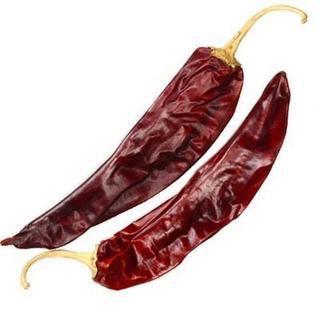
Dried Guajillo & Korean Chilis HAYSHAKER FARM
Horse-powered dried peppers from Walla Walla have arrived thanks to our friends at Hayshaker Farm and the Puget Sound Food Hub Co-op! A values-driven 8-acre veggie, fruit, and herb farm, Hayshaker’s implements organic growing practices utilizing rich compost, organic fertilizer, cover cropping, and dynamic compost teas. Their use of (literal) horsepower allows Hayshaker to use only a limited amount of fossil fuels. Try their Guajillo peppers for your homemade birria tacos or their Korean chilis to spice up your favorite stir-fry.
Spoon Fruit Preserves GIRL MEETS DIRT

She’s back! From Wall Street to San Juan orchards, Audra of Girl Meets Dirt is a PNW native who left her job in Manhattan to farm 5 acres of land on Orcas Island. Fruit grown on her farm is transformed into fruit preserves, all made in tiny batches and sold right here at the Co-op! Whether you add them to charcuteries (our recommendation) or slather them on a crispy English muffin, choose from Pepper, Pear Balsamic Island Plum, and Orchard Apricot preserves.
Cozy Sippers
There’s something about a rainy day, a good book, and a cozy mug of tea to embrace all that fall has to offer.
Matcha & Loose-Leaf Tea
WILD ORCHARD TEA COMPANY

As you gather with your community, we ask humbly that you consider Viva in your end-of-year giving. Viva Farms has steadily been redefining our fundraising strategy in the constantly shifting federal and philanthropic landscape and hopes to be part of your community and the farmers’ community for years to come.
Thank you, and thank you, Skagit Food Co-op, for helping us grow farmers, community, and food!


Farmers Farming Learn more, donate, or sign up for our newsletter at vivafarms.org
A Dash of Something Sweet—New Chocolate!
For Halloween, and beyond! We have new flavors from some of your most beloved brands and some brand-new additions to our sweetest aisle.
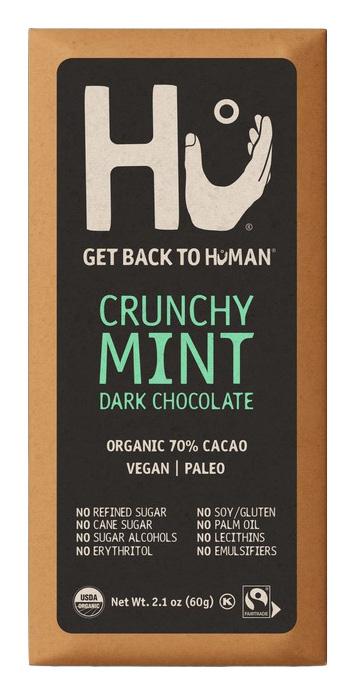
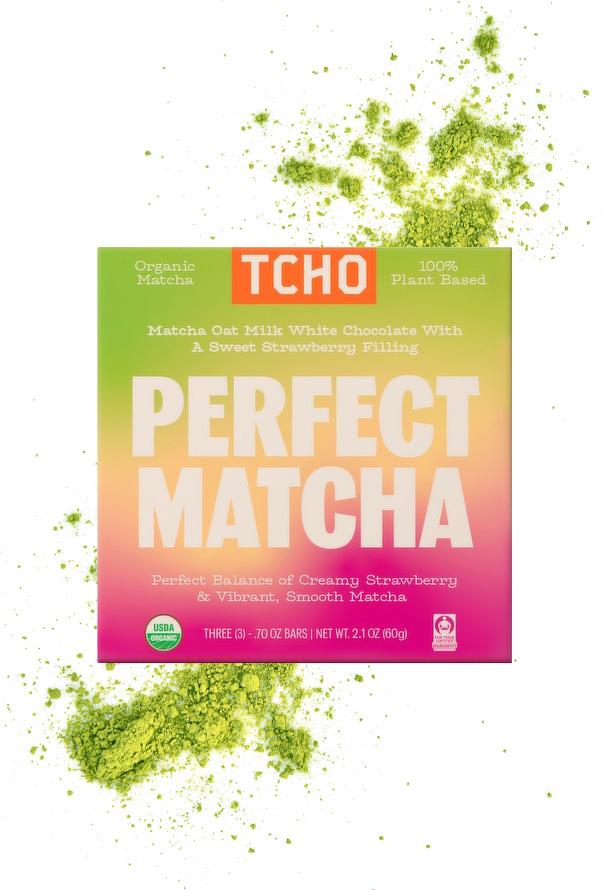
Dark Chocolate Bars
HU KITCHEN
As HU says, no weird ingredients ever! Made without refined sugar, emulsifiers, or gluten, HU chocolate is organic, Non-GMO Project verified, and of course, fair trade. Find two new flavors this fall: Vanilla Bean Cashew Butter and Crunchy Mint!
Perfect Matcha Chocolate
TCHO
Is it just us, or is matcha everywhere? From fancy drinks and skincare to cookies and everything else in between, this thousand-year-old tea has come a long way from its humble origins as a ceremonial Chinese drink for monks and scholars. And now, you can try matcha in the form of a fancy chocolate bar! Made in partnership with Third Culture Bakery of Berkley, CA, this creamy oat milk matcha chocolate has a strawberry filling that’s inspired by Third Culture’s infamous strawberry matcha drink.

Peanut Caramel Nougat Candy Bars
JUSTIN'S
Say that 10 times fast! You already know Justin’s for their nut butter cups, and now they’ve introduced crunchy peanuts and gooey nougat to the mix for an unforgettable candy bar. Choose from dark and milk chocolate.

We’re the first store in the entire state of Washington to carry Wild Orchard Tea Company! Made from hand-harvested, single-source Regenerative Organic Certified tea leaves, Wild Orchard’s teas are better for the planet and result in an exceptional cup of tea. If you prefer tea bags, try their Sweet Sorbet or Sunday Brunch green teas! If you’re more of a matcha drinker, you’ll want to try their traditional green tea matcha or, first-of-its-kind black tea matcha! Look for their tea hitting our shelves in late October near your other favorite teas.
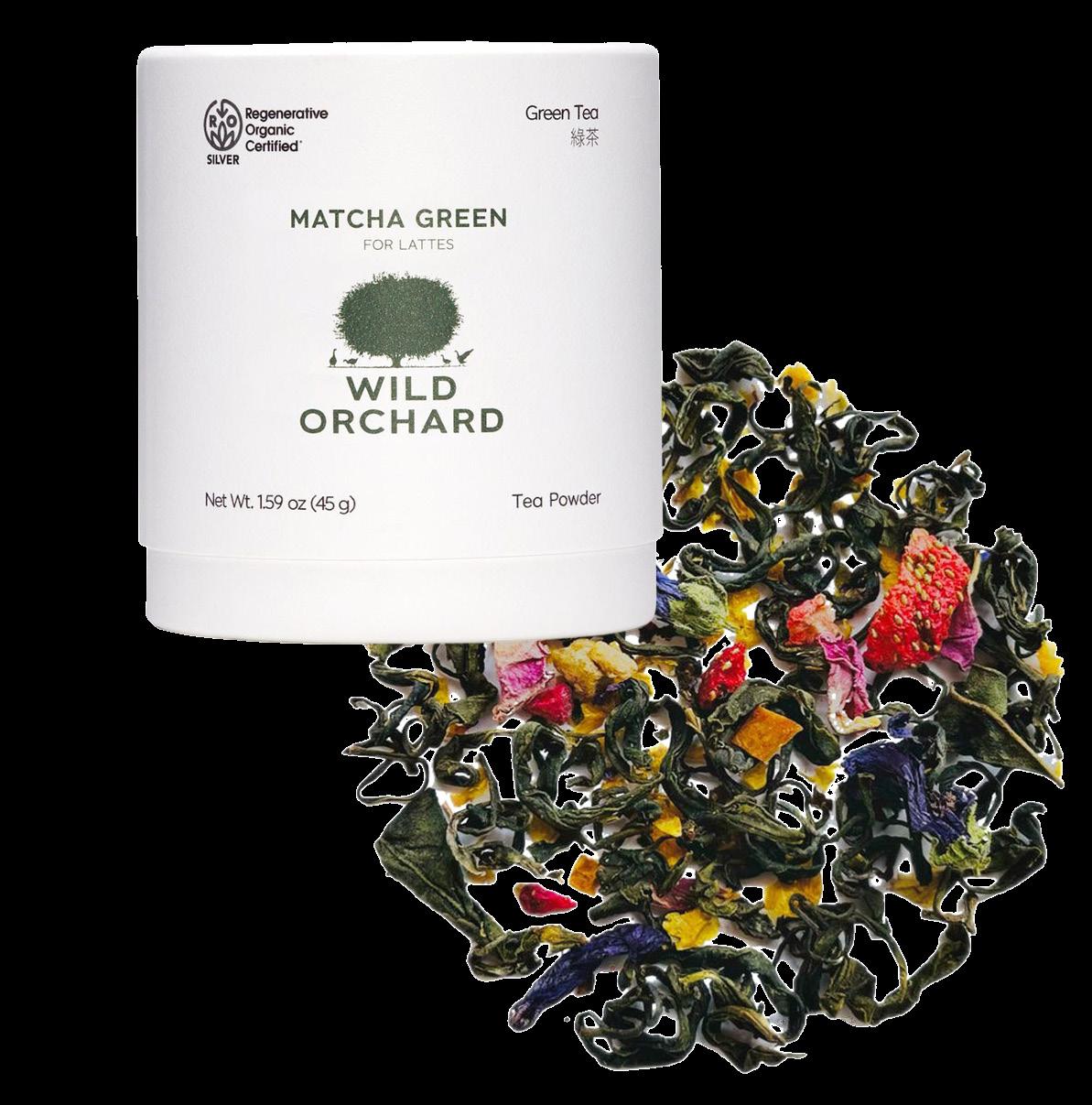

Date Candy Bars
HARKEN
Love candy again! Plant-based, dairy-free, lowcalorie (just 150 for a whole bar!), and free of added sugar, Harken’s candy bars are sweetened with dates, making for a chewy, gooey treat that’s better for you, too! Choose from “The Nutty One,” featuring peanuts, or “The Gooey One,” featuring nougat and a salted date caramel.
Dark Chocolate Covered
Pretzels
UNREAL
Sweet, salty, crunchy, and drenched in rich dark chocolate, Unreal’s newest crave-worthy (but low sugar) treat features grain-free pretzels and fair-trade chocolate. Toss them on a fall charcuterie board of stone fruit, hard cheeses, and salty meats, and pair it with your fave red wine! Or, you know, the bag is resealable, so stash them in your office drawer when the inevitable midday sweet treat craving hits.
Keep
from Viva Farms
Local Love


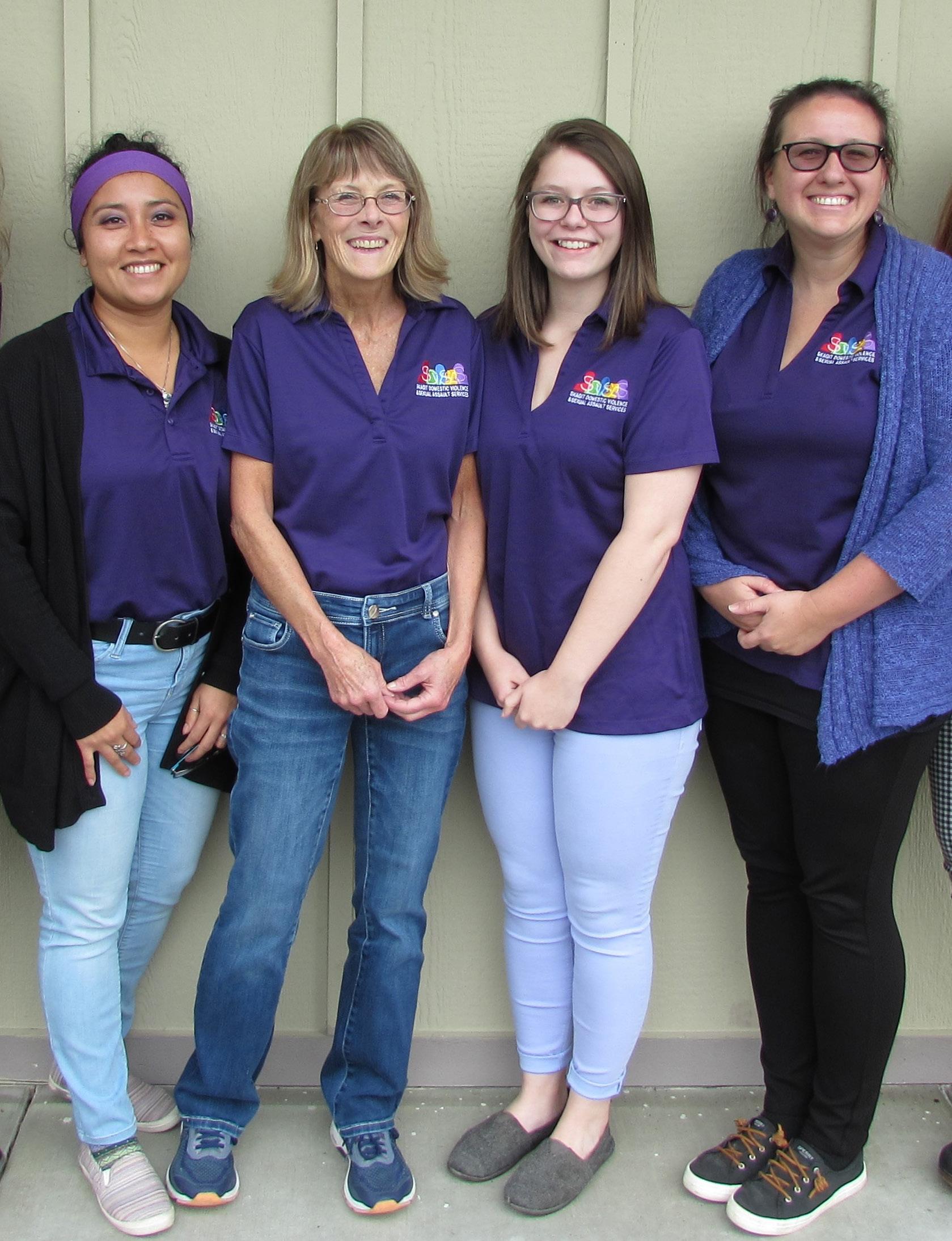
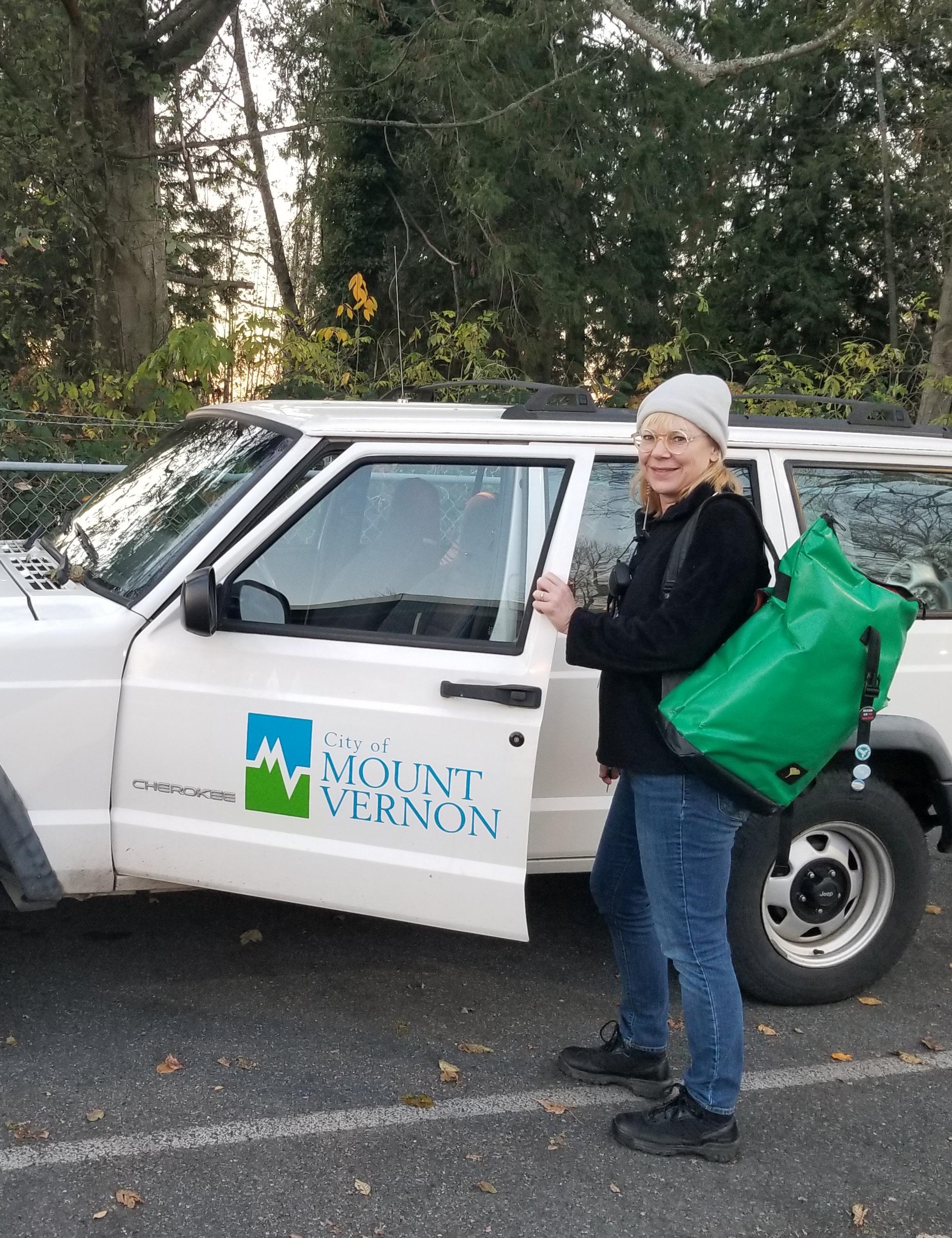




$4,500 Cascadia Clubhouse IN JUNE 2025

One of our most exciting ways to support the community is through 5% Friday! You shop and together we give 5% of Co-op sales one Friday a month to a non-profit, charitable community organization. And just think—each of these organizations is, itself, supporting the community! What a great circle of giving.
FRIDAY, OCTOBER 24
Family Promise of Skagit Valley
The mission of Family Promise is to come together as a community to support homeless families as they work to provide their children with loving homes. From November until March, Family Promise operates an emergency cold-weather shelter for families with children. Funds from 5% Friday will be used to provide families with meals during their stay at the Family Promise cold-weather shelter. familypromiseskagit.org
FRIDAY, NOVEMBER 21
Skagit DVSAS
Domestic Violence & Sexual Assault Services
Skagit Domestic Violence & Sexual Assault Services (SDVSAS) exists to provide free, confidential support for victims of domestic violence and sexual assault through empowerment, advocacy, education and prevention. Funds will be used to assist victims and their children with essential needs like food, transportation, clothing, baby supplies, and toiletries. skagitdvsas.org
FRIDAY, DECEMBER 19
MVPD Integrated Outreach Services
The Mount Vernon Police Department’s Integrated Outreach Services (IOS) focuses on outreach and assistance to the homeless population. Funds will be used for the IOS team to pay for food, temporary housing, medical expenses, transportation to treatment, and prescriptions, as well as expenses involved in replacing critical paperwork: licenses, IDs, birth certificates, and more. mountvernonwa.gov/1044/ Integrated-Outreach-Services
$4,397 Skagit Fisheries Enhancement Group IN JULY 2025




$4,277 MV HOPE Coalition IN AUGUST 2025
Friday, October 24 5-7pm • in the Deli



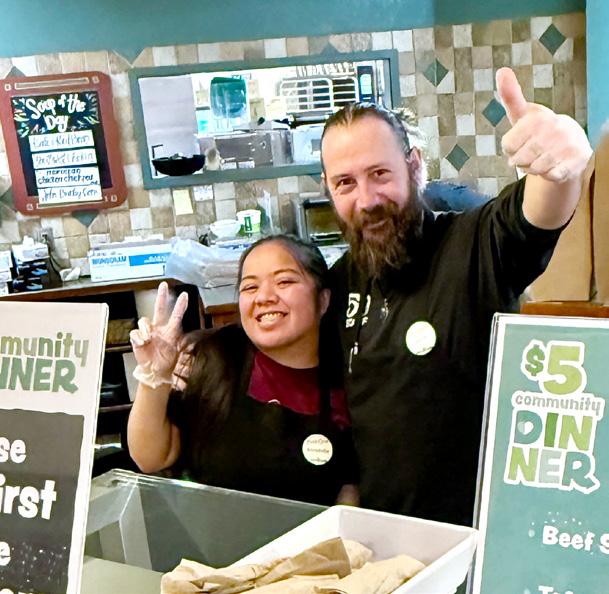
High Five Recipes for Fall
by Leigha Staffenhagen
We have one word for you: COZY! Get ready to embrace the crisp, cool months and the changing of the seasons in our Produce Department with these simple recipes. As always, our High Five recipes are made with just five ingredients or less (and a few pantry staples), so you can eat well, and save time and money doing it.
Pear Galette with Crystallized Ginger | from Grocery.coop
If you’ve been tasked with prepping a dessert at one of your family gatherings this fall, we’ve got you covered. This pear galette is at the perfect intersection of elegance and simple preparation. Consider mixing green and red pears for an extra-festive dessert for Christmas. BTW… no one needs to know you used pre-made puff pastry. Your secret is safe with us.
1 sheet puff pastry, thawed overnight
· 1 large egg white, whisked
6 Tbsp turbinado sugar, divided
· 2 Tbsp crystallized ginger, minced
3 large firm pears, unpeeled
Pantry ingredients:
1 tsp lemon zest, 2 Tbsp flour
Directions:
1. Preheat the oven to 400°F.
Line a large sheet pan with parchment paper.
2. Unwrap the puff pastry and place on a lightly floured counter. Use a rolling pin to roll lightly, just to smooth the dough and transfer to the baking sheet.
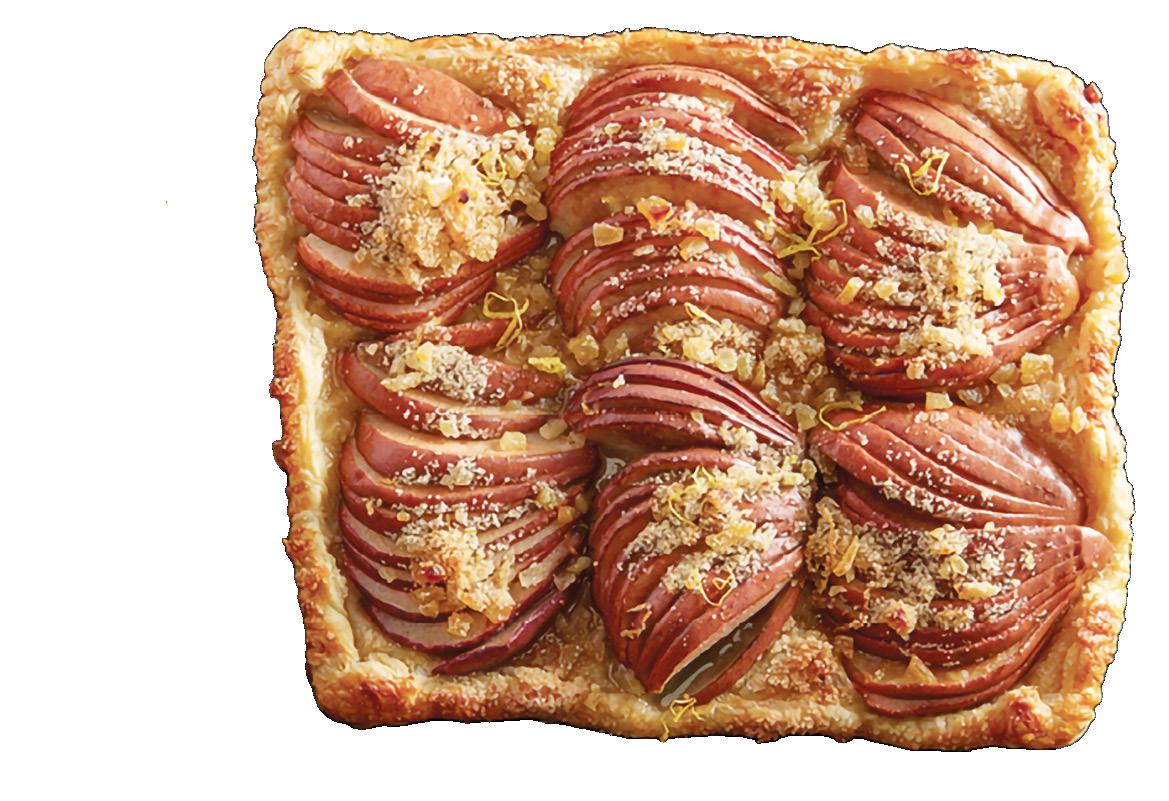
3. Use a pastry brush to brush the pastry all over with egg white. Reserve remaining egg white.
4. In one small bowl, mix two tablespoons of the sugar with the all-purpose flour. Sprinkle over the egg wash, leaving a ½-inch rim bare.
5. Mix the remaining sugar in the same bowl with the crystallized ginger and lemon zest and reserve.
6. Slice each pear in half vertically, then use your paring knife to slice out the stem and seeds, keeping the half intact. Place on the cutting board, cut side down, and cut the pear into thin slices, keeping the pear in place so it stays in the same shape. Repeat with all the pears.
7. Make three rows of pear slices, running lengthwise, fanning each slice to cover the crust evenly.
8. Fold the edges of the puff pastry in to form a rim, and crimp with a fork. Brush the rim with remaining egg white. Sprinkle the pears with the ginger mixture.
9. Bake on the lower shelf in the oven for 20 minutes, until puffed and golden. Let cool on a rack before cutting.
Healthier Hamburger Helper
The second a drop of rain falls from the sky, use it as an excuse to make this easy, hearty, deliciously nostalgic noodle dish—no packet of questionable ingredients required!
· 1 box elbow macaroni noodles
1 can of Field Day corn
· 1 lb Co-op fresh ground beef
1/2 medium onion, diced
· 1 jar of pasta sauce—we love Rao's
Pantry ingredients: 1 Tbsp dried garlic, 1 Tbsp dried onion, 2 Tbsp Italian seasoning, 1 Tbsp chili powder, 2 cups chicken broth, 1 cup shredded cheddar


Italian Sausage with Fall Veggies | from Grocery.coop
A seasonal recipe that calls for literally one sheet pan and 15 minutes of prep time? Sign. Us. Up! Easy, filling, and flexible, this dish takes full advantage of whatever fall root vegetables you have on hand.
2 medium parsnips, peeled and sliced
· 1 small sweet potato, cubed
1 small red onion, thinly sliced
· 1lb uncooked Co-op Italian Sausage links (or plant-based) 1/2 bunch kale, stemmed and chopped
Pantry ingredients: 1/2 tsp salt, 1/2 tsp pepper, 2 tsp cooking oil, 1 tsp dried sage, 4 cloves of garlic–peeled and chopped.
Directions:
1. Heat the oven to 400°F. In a large roasting pan, combine the parsnips, sweet potato, red onions, garlic, sage, salt, and pepper, and drizzle with oil.
2. Toss to coat. Pierce each sausage link four times on one side with a paring knife, then turn over and pierce four more times. Place the sausages on the vegetables and cover the pan tightly with foil.
3. Bake for 20 minutes, then uncover the pan, stir and turn the sausage, and roast for 15 minutes longer, uncovered. The vegetables should be tender when pierced with a paring knife; larger chunks may need more time to cook.
4. When the vegetables are tender, add the kale to the hot pan and stir, then roast for 10 minutes longer. Serve hot.
Directions:
1. Cook the noodles according to package directions (al dente) and set aside.
2. Heat a soup pot over medium-high heat. Add the beef and diced onions to the pot, cooking until the meat is browned and onions translucent.
3. Season with garlic, onion, Italian seasoning, and chili powder, and stir to combine. Drain the canned corn and add it to the pot.
4. Add chicken broth and pasta sauce and bring to a boil. Once boiling, lower heat to a simmer, and let the sauce cook down to a thick consistency.
5. Once the sauce reaches a thick consistency, remove from the heat and stir in cheese until melted.
6. Ladle the meat over the cooked pasta and enjoy!


Our Farming Community, Under Pressure
We talked about how his workforce is reacting to deportation actions. He replied, “In the first Trump administration, there was more fear. People stayed home. Now, people are cautious, but not feeling the same fear. They just feel this is how it is. They are doing their best to follow the rules.”
He cited the Keep Washington Working Act, which recognizes the role immigrant labor plays economically and states that Washington law enforcement will not engage in enforcing civil federal immigration laws. He added, “I think Skagit County is respectful of the need to be here. We have people who have been working on farms in Skagit County for 30 years. We need to appreciate what they’ve done and how they’ve fed us all these years. The reason some farmworkers are undocumented is we don’t have a system to document them. It’s not their fault we don’t have that system. It’s our fault. Voters have not insisted on immigration reform.”
He expressed doubt at the suggestion that we somehow shift U.S.-born Medicare recipients into farming, saying, “They are on Medicaid for a reason,” and then adding, “The typical American is too out of shape to bend over and pick. They are three to five generations away from farming, and they won’t have a clue.”
National Immigration Legislation with Local Repercussions
Some local farmworkers and their allies fear that proposed federal legislation could have a damaging effect on the local farmworker community, and by extension, on our small farms.
The “Farm Workforce Modernization Act,” HR3227, expands the H-2A agricultural visa program. Community to Community (C2C) is a food justice organization in Skagit and Whatcom Counties. At a recent C2C presentation, members of the farmworker community and of C2C expressed concerns regarding H-2A visas—citing fears that the H-2A program will increasingly replace long-time Valley farmworker families and will not offer adequate protections for the H-2A workers.
Unlike the rest of Washington State, neither Skagit nor Whatcom Counties have seen a rapid expansion of the H-2A visa program in the recent past. Skagit and Whatcom Counties are unique in Washington because they have an independent union, run by local farmworkers, Familias Unidas por la Justicia. Now, there is fear that immigration deportation targeting longtime resident workers will push up the number of H-2A workers in Skagit and Whatcom.
H-2A visas were intended to allow farmers to temporarily hire workers when they were experiencing actual labor shortages. But in practice, they have also been used to replace long-standing farmworkers with temporary workers. For example, in the past two years, there have been lawsuits in the Yakima area charging that farms have fired their local farmworkers in order to immediately bring in H-2A temporary workers, and have engaged in discriminatory practices involving H-2A workers versus local farmworkers.
H-2A workers are predominantly male—97% nationwide in the U.S. according to a 2024 Government Accountability Office report—and can end up replacing women in the workforce, a potentially discriminatory action reflected in at least one of the Yakima suits.
The 2017 death of an H-2A worker, Honesto Silva Ibarra, during a smoky heat wave while working on a Sumas farm, shook the Whatcom/ Skagit community. A co-worker contended that Ibarra’s requests for time off and for medical care when he was ill were ignored, leading to his death. The farm disputed that account. Washington State Labor and Industries eventually ruled the Sumas farm was not liable for Ibarra’s death, but fines were levied on the farm for other labor violations. The incident brought local attention to the possibility of abuses in the H2-A program.
Community to Community presenters stated that H-2A workers do not always receive federal or state protections. (Indeed, the U.S. Department of Labor announced in June that they were suspending enforcement of the
protection of fundamental rights put in place in the H-2A program during the previous administration.) C2C presenters fear the pending H-2A legislation strengthens the H-2A program and puts a lot of control, without oversight, in the hands of farm owners who use it.
Although the H-2A program supposedly leads to a path for citizenship, C2C presenters point out that path is complex and limited, and often requires the employer’s cooperation. Housing and transportation are provided by the farm, which may sound like a plus, but also can create an isolated and dependent environment. All this could make it risky for workers to imagine reporting abuses if they occur. When H-2A workers at the Sumas farm demonstrated the day after Ibarra’s death, they were fired and, having lost their housing, were also displaced.
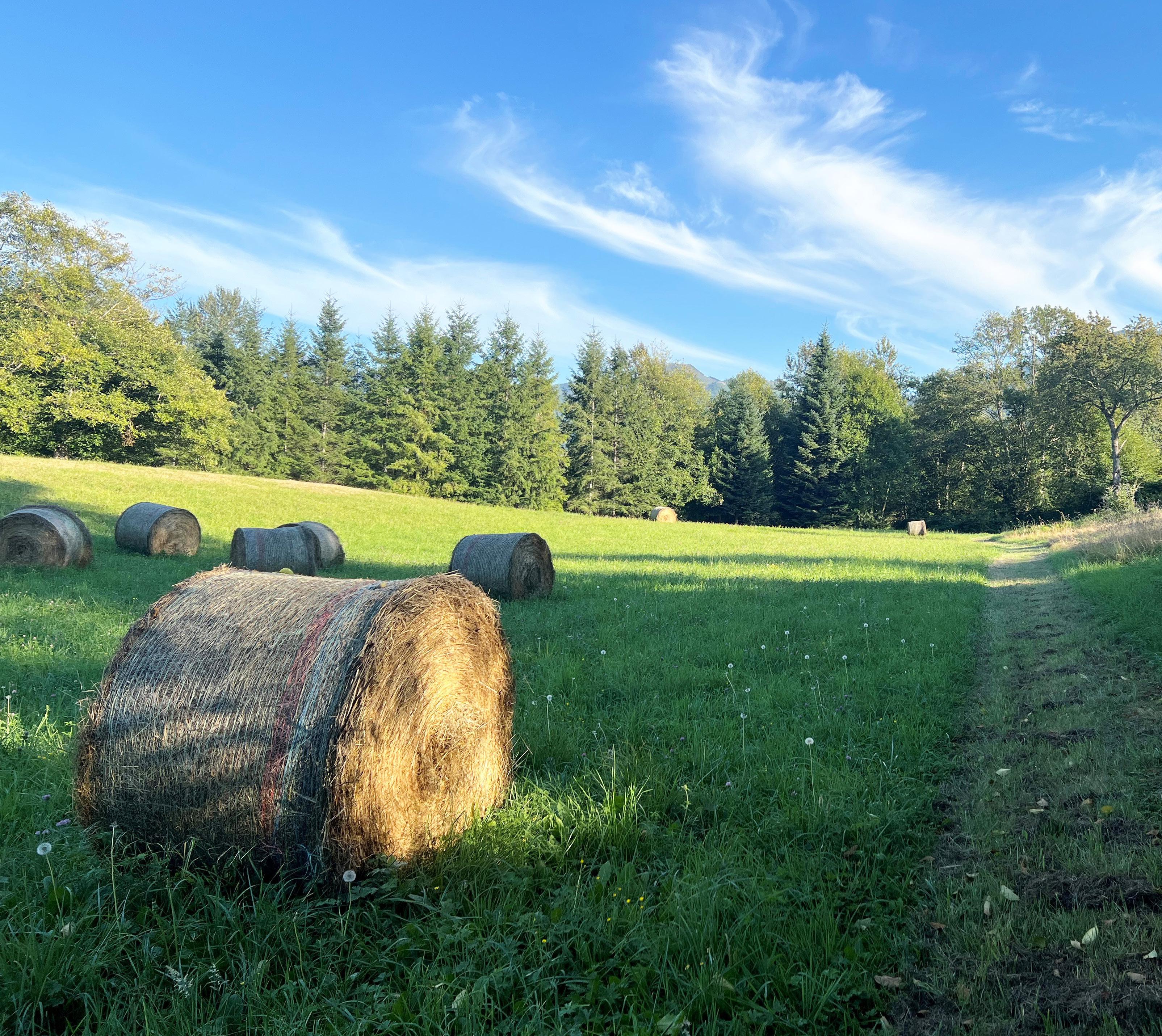
A version of the Farm Workforce Modernization Act did not pass in 2019. The Act was reintroduced in May 2025 by Reps Zoe Lofgren (D-CA) and Dan Newhouse (R-WA) and is expected to be voted on this fall. Sister legislation is HR4393, the oddly titled (given its focus) “Dignity Act.” This legislation limits wage increases for farmworkers. It also mandates that all farmworkers submit information to an e-verify database allowing tracking by Homeland Security.
The H-2A visa program is controversial, with some farmers and farming advocates believing it is unfairly attacked, and is a reasonable potential solution to farm labor needs, including those caused by current immigration practices.
Yet, circling back to community, there is no doubt that a local farming workforce is an integral and valued part of the community in a way a transitory workforce can’t be. Resident farmworkers pay taxes in the community (even though they are not eligible for many of the services taxes provide). They support local businesses with their purchases. They are often active community members—attending and supporting schools, places of worship, and community events.
When I asked the farmer I interviewed about H-2A visa labor, he noted, “With the H-2A program, you don’t know who you are getting. Right now, our farm employs skilled, experienced workers who know their jobs and happily do them. They know the farm’s history. They have years of experience and know our philosophy and how we do things.”
Safeguarding Our Future
Viva Farms serves aspiring and historically underserved farmers in both Spanish and English. They welcome all community members who want to start a farm business. A non-profit organization, Viva provides “training in holistic organic farming practices, as well as access to land, infrastructure, equipment, marketing, and capital.”
I spoke with Elma Burnham, Communications Manager for Viva Farms. Viva was subjected to the first federal funding freeze, in February. Although some grants were eventually turned back on, Elma says Viva is “still in a place of precarity.”
Says Elma, “We are grateful to the community (including the Co-op) who helped us to continue. We have secure funding to the end of year, but 2026 is just around the corner. We know we depend on community support more than ever. Our former federal funding is not as reliable as we once thought, and we are making efforts to diversify our funding streams.”
I asked Elma what our community would lose if we lost Viva. She responded, “The obvious answer is food. One of Viva’s main concerns is—who will grow our food in the future? Across the country, we are losing farms every day for many reasons, such as farmers aging out, a lack of succession plans, and land pressure. There is a risk to the next generation of losing farmers of all backgrounds if we don’t support beginning farmers.”
Elma also sees a greater potential loss, “In Skagit, Viva is not the only source of unique
agricultural knowledge in our community, but who is going to carry that knowledge into the future? And if we lose our farmers and farmworkers, their livelihoods will go, and food will follow. And then what will happen to our entire agricultural ecosystem—the mechanics and seed suppliers, the farmer supply businesses? We are uniquely positioned in Skagit, where agriculture is a top industry. We need farmers to have success to help shape and support Skagit’s wider agricultural community.”
This is community in a broader, and also a more specific, sense than I sometimes think of it. I have thought a lot about how we are connected in an emotional way. Perhaps I am naive, but any thriving of one population while others suffer seems a lopsided hollowness, sure to catch up with us eventually.
But we also depend on each other because we are essentially an interdependent ecosystem—materially, environmentally, economically, by all measures of survival. If our farming community is in jeopardy, whether from a loss of experienced workers or a failure to pass on the knowledge and practices to a future generation of farmers, then many supporting businesses, and our healthy, farm-fresh food supply, will be in jeopardy as well.
The world is full of places where identity, the distinct marks of a land and its people, has eroded and slid away— where the grid and gridlock of sameness numb both sense and sensibility. That is not yet the Skagit. We still have a community to root us, a community to protect.
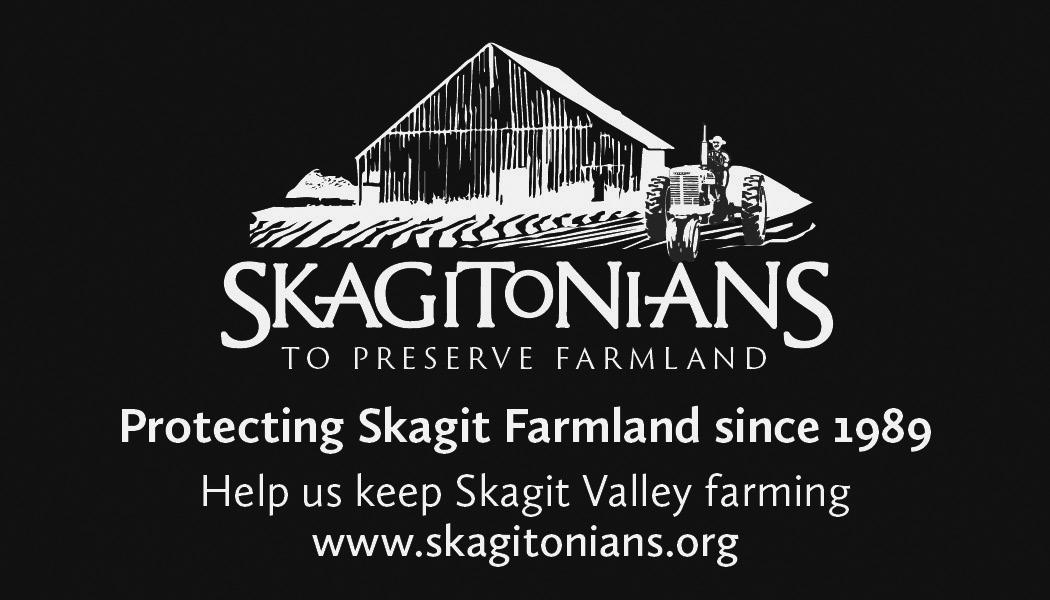
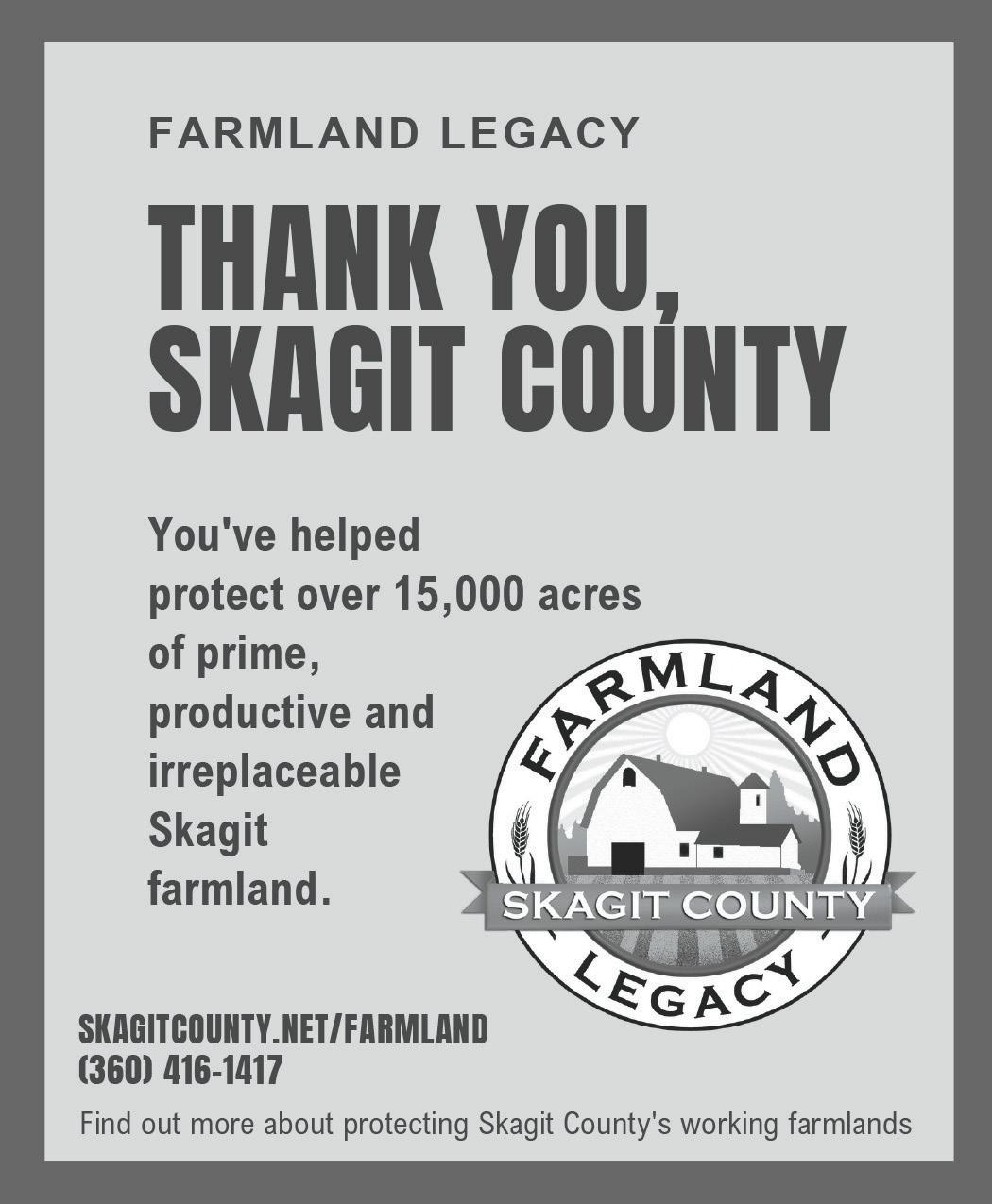


VERA WELLNESS CENTER
Acupuncture
Barbara Paul-Mayer, MAc. LAC 360-336-6809
Core Synchronism Julie Kongs 360-630-6742
Colon Therapy
Jayne De Felice, I-ACT Certified 360-336-5220
Reiki & Theta Healing®
Valerie Jean Rose, Reiki Master 360-840-1723
Massage Therapy Spencer Kelliher, LMT 425-231-7605
Rolfing Structural Integration® Nils Larsen 360-293-5866
Clinical Massage & Lymph Drainage GuruBani Whitney, LMT, CLT, CPHt, RH www.alchemy-wellness.co
a More Vibrant, Balanced, Vital & Healthy Life!
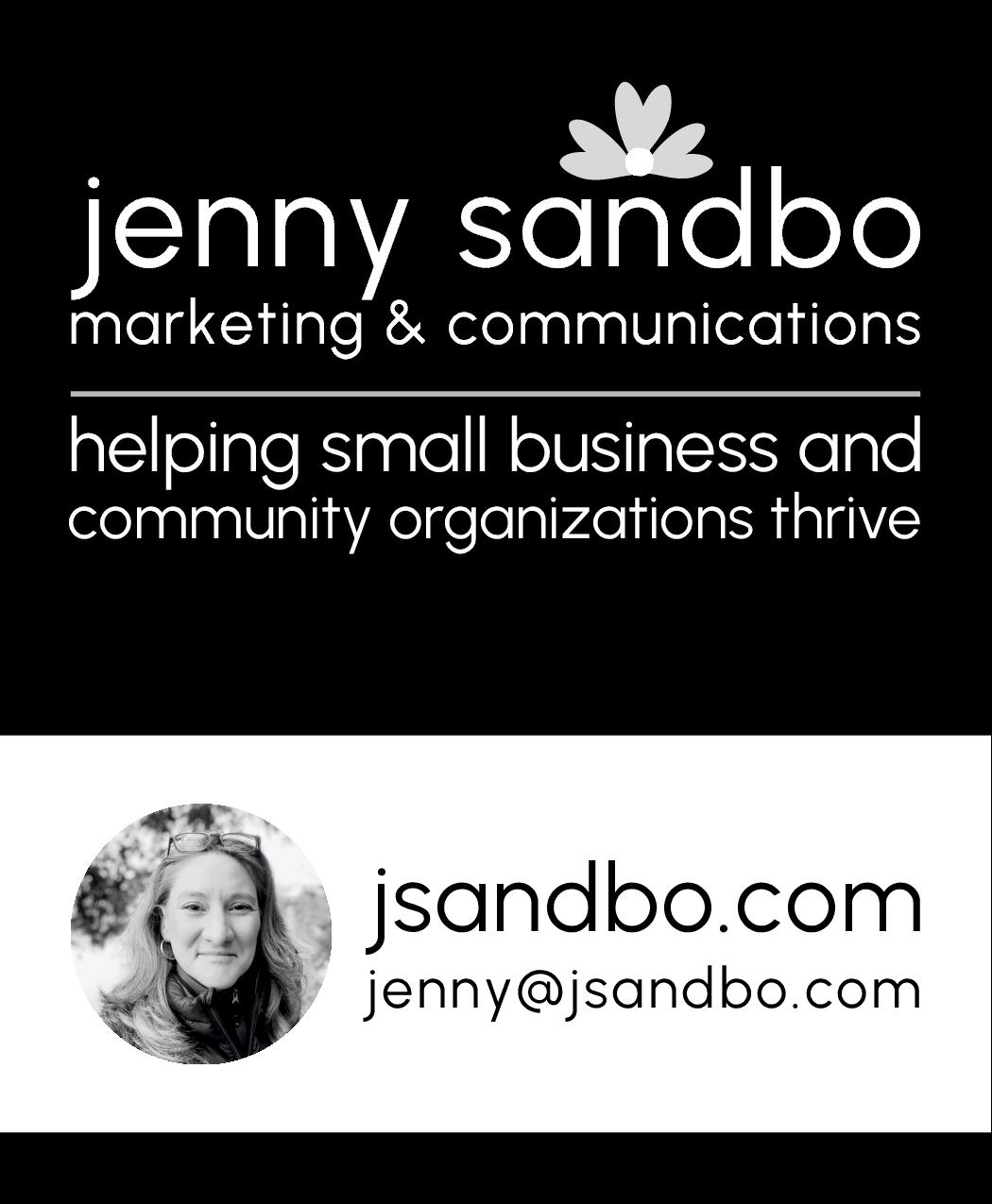



Bring it Back: Our New Reusable Utensil Program
Guess what? We’re saying “knife to know ya!” to single-use plastic utensils and launching our new “Bring It Back” reusable utensil program here at the Co-op. After seeing the program’s success at several other co-ops across the country, including our neighbors at Community Food Co-op in Bellingham, we decided to join the cool kids’ club!
Now, when you’re grabbing food in the Deli, you can use one of our metal utensils for here or to-go. Yes, to-go! We’re letting you walk out the door with these reusable utensils to keep plastic out of the landfill. All we’re asking is that you bring them back when you can, if you can. If you’re just passing through, don’t stress—it’s our gift to you! Donate it, add it to your silverware drawer, put it in your lunchbox or glove box... anywhere but the trash!
Whenever you’re ready to return the utensils, just bring them back with you to the Co-op and put them in one of the bus tubs. They will be washed and sanitized and put back in rotation to be used again and again!
Not only is your Co-op taking another step toward sustainability with this new program, but the math maths. We’re reducing waste and cutting costs; purchasing metal utensils is actually less expensive for the Co-op in the long run. Hope to see you at the Co-op spoon!
This switch makes us feel like real fart smellers!
Use our forks when cakeing a bake!
You can use our spoons to eat belly jeans from a jar!
It’s all part of our plaster man
Fun Fork Facts
The environmental footprint of a metal fork is better than plastic after only TWO USES!
For years, our former General Manager Todd Wood kept a bucket of forks in his office that he would break out for staff parties to re-use celebration after celebration, year after year. Lots of partying, zero plastic. There’s a famous sculpture named “Stile de Famiglia” in Omaha, Nebraska that features a 13-foot-tall metal fork twirling metal spaghetti. We’re happy to be sharing our forks Family Style!
Tidings of joy and plates full of yum! ‘Tis the season for your favorite flavors with sugar, spice, and everything nice. And we’re here to help make your holiday meals simpler and more memorable with a sensational selection of handmade items. Here are just some of the wonderful foods you can look forward to enjoying from the Co-op this fall.
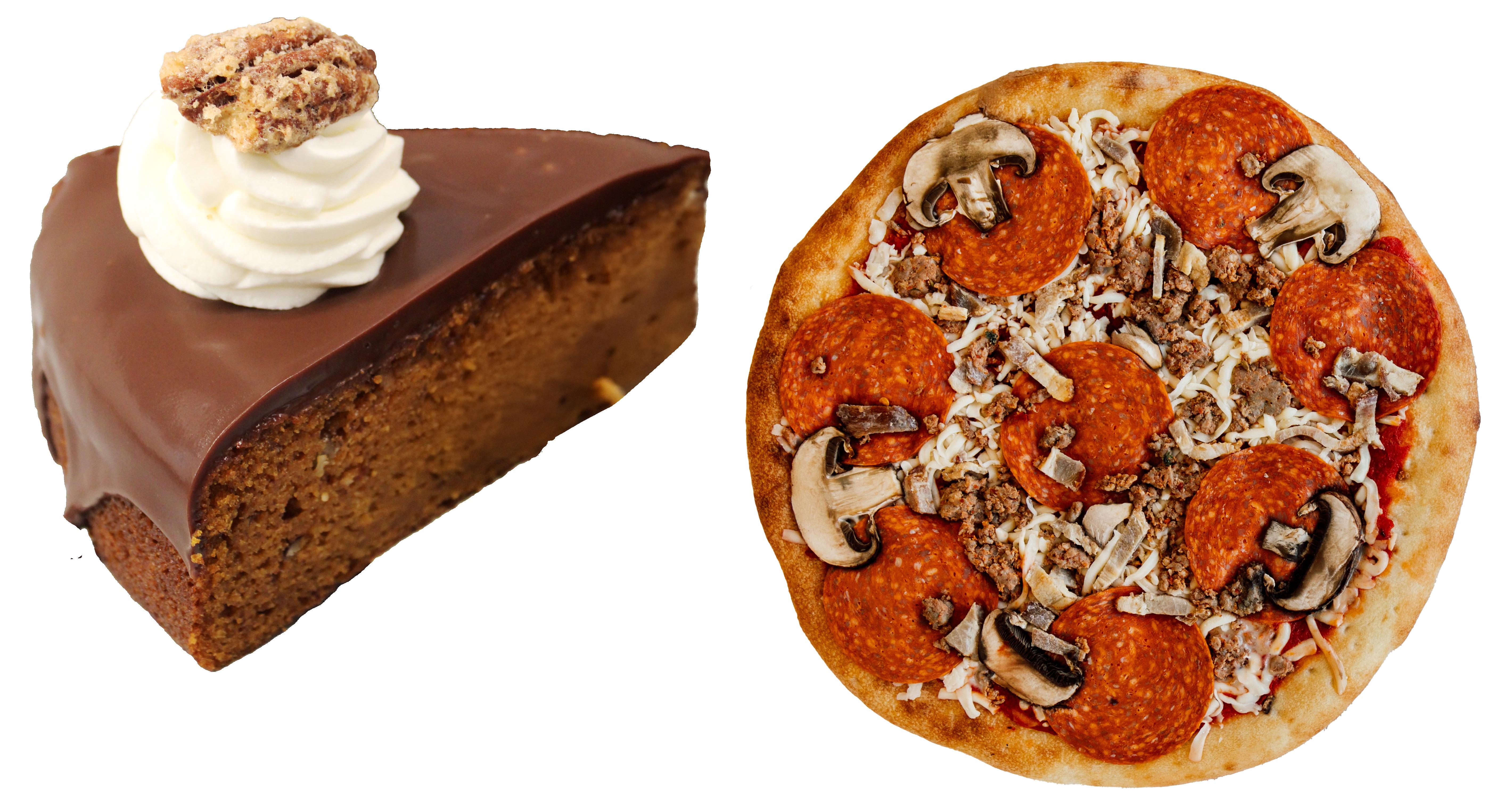
nOvember
Autumn Spice Smoothie Co-op Pies
Egg Nog Conchas
Whole Wheat Sourdough
OctOber
Carrot Kiss Cake Co-op Pizzas
Co-op Sausage Deli Soups
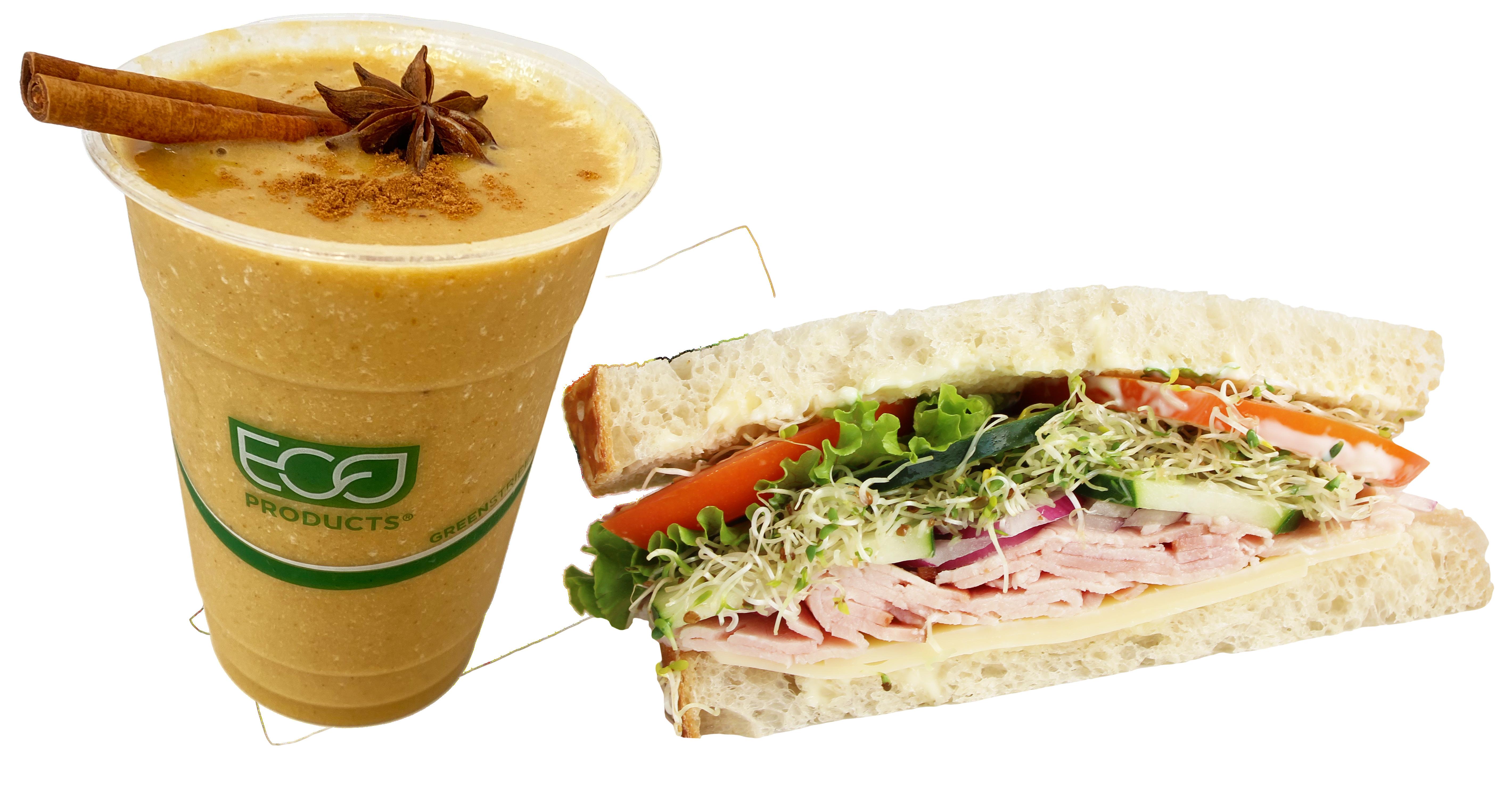
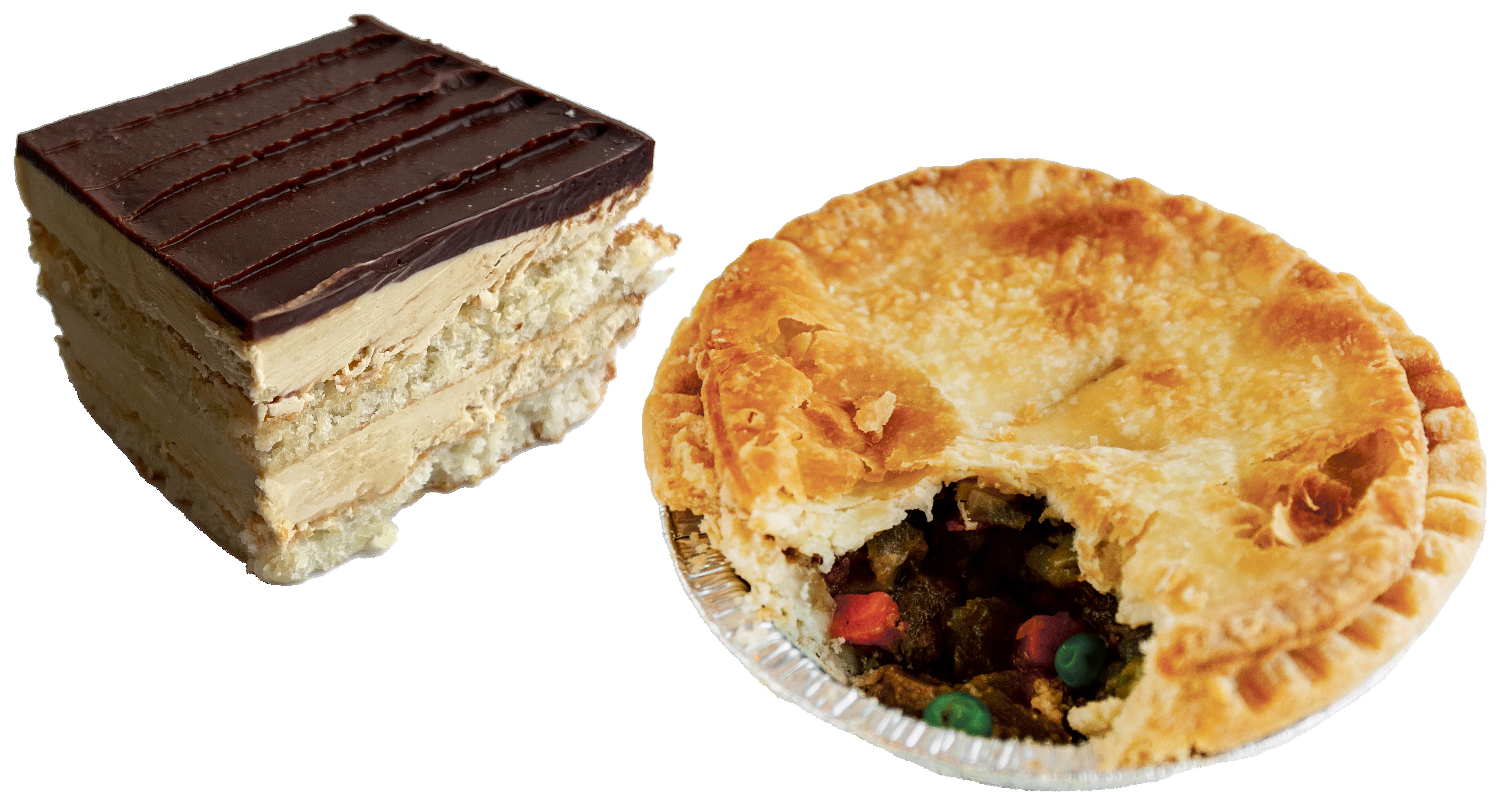
Go Bananas for G.R.O.W. Bananas!

If you’ve seen the Co-op out at a community event in the past few years, there’s a good chance you’ve gotten free fruit from us. Whether at a YMCA event, the Parks Department’s Youth Art Festival, or at a Downtown parade, we love feeding you and your family healthy, organic fruit.
When given the choice between an apple, an orange, or a banana, 7 out of 10 Co-op kiddos end up reaching for a banana. And their parents? I’ve heard more than one adult say it’s the best banana they’ve ever had, and I can’t say I disagree. Beyond being tasty, Co-op bananas are not your average banana. Yes, of course, they’re organic, potassiumrich, and just straight delish, but that is only the beginning of what makes them so apeeling.
Thanks to a partnership between farmers and wholesalers, we are lucky to call the Co-op one of the homes for an amazing program that’s celebrating its 20th Anniversary! Allow us to (re)introduce you to a longtime vendor that we’re proud to support: G.R.O.W. Bananas
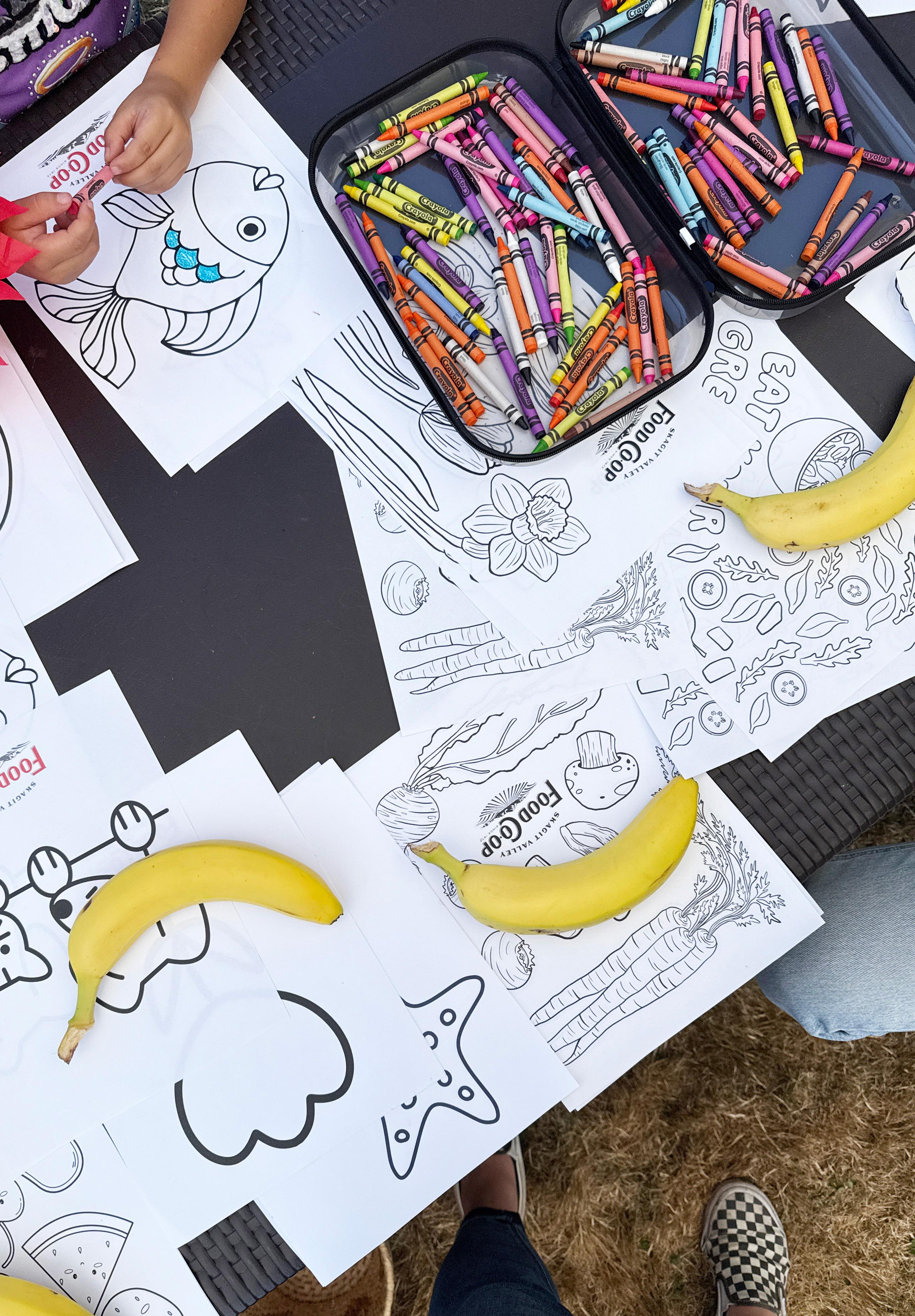
The G.R.O.W. banana program, which stands for Giving Resources and Opportunities to Workers, was founded by produce wholesaler Organics Unlimited back in 2005 as a way to go beyond fair trade and support organic smallscale banana farmers in a deeply meaningful way. G.R.O.W. was founded as a social responsibility program that helps provide educational support, clean drinking water, and milk for children, among other necessities, to the people who live and work in banana-growing regions, specifically Mexico and Ecuador.
Over the last 20 years, G.R.O.W. has returned over $3 million in investments back to its farmers through programs in six key and distinct areas: early education, higher education, student housing, health services, environmental justice, and disaster relief.
December
Candy Cane Mochas
Cheese Balls
Espresso Torte Pot Pies
In 2024, G.R.O.W. was especially focused on education, healthcare, and the environment, which were identified as the most pressing needs of those banana-growing regions. Here are just a few of the amazing things G.R.O.W. accomplished last year, in those key areas:
Education
· At the elementary school level, G.R.O.W. provided 45 scholarships, so those students could gain access to programming, incentives, and new opportunities that allowed them to develop a love of lifetime learning. A fun highlight of this program was a field trip to enjoy a Christmas Fiesta on the beach!
Through its Education Center, G.R.O.W. also ushered in a class of six new higher education graduates, who received assistance with everything from homework clubs to internet and computer access.
Healthcare
· Because education and awareness are sometimes the best preventative medicine, G.R.O.W. educated over 9,000 children in preventative health and healthy habits. The program also provided bi-monthly healthy foods and drinks to five community centers in the area.
Environment
In partnership with the Environmental Health Coalition, G.R.O.W. made significant investments in two programs on either side of the U.S.-Mexico border. In San Diego, G.R.O.W. advocated for the transition of major pollutants like buses, trucks, and other cargo handling equipment to zero-emissions technologies. And over the border in Tijuana, G.R.O.W. funded an air monitoring campaign in an effort to build understanding about the pollutants that are affecting the community, with the goal of using the data to advocate for environmental justice.
So, next time you pluck a banana off the bunch for breakfast, urge your kiddo to pick it as their free fruit with their Co-op Banana Card, or grab one from us at an event, just know that not only are you making a healthy choice for yourself, you’re supporting a 20year old initiative that is making a real impact in the banana-growing communities we rely on. And maybe that’s what makes G.R.O.W. bananas taste so dang good.
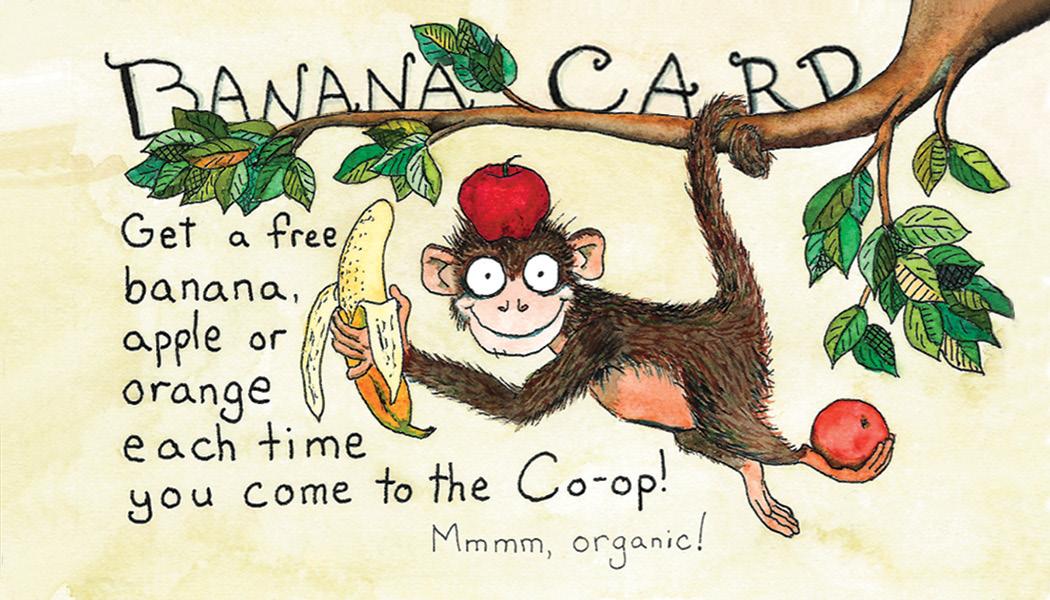
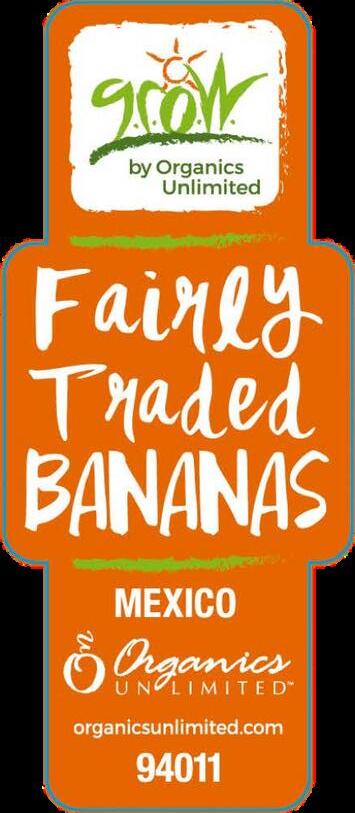

by Leigha Staffenhagen





Justin DeMeyere
Food Production Manager
Co-op Employee since July 2022



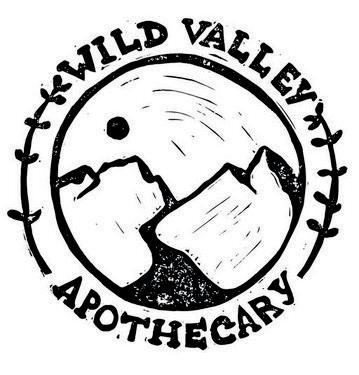
New treasures, handcrafted fresh herbal creations, and curated meaningful goods to delight and support your self-care rituals.
From reusable and sustainable lifestyle items to intentionally selected crystals, candles, and tools for wellness rituals, do much to explore.
We’re proud to feature creations from local makers, including our partner Scents of Wellbeing, and showcase a growing collection of artisan goods.
Looking for a bit of sass with your self-care? We’ve got you covered with sarcastic towels, stickers, signs, and other perfectly cheeky finds - because wellness should be fun, too.
Stop in and take a peek—you don’t have to buy a thing… but, honestly, you’ll probably leave with something you never knew you needed.
The Makery Building
bountiful
fall savinGs & events
It’s fall y’all! Time to enjoy the harvest, dig in on local, celebrate with friends and family, and save at your Co-op while you’re at it. And there are plenty of ways to save this season, including our 10% Off Member discount and the biggest Field Day sale of the year. As always, there are deals to be had in every aisle, every day. Plus, it’s Co-op Month, and we’re hosting free events and another $5 Community Meal in October. let tHe savinGs anD tHe celebratiOns be
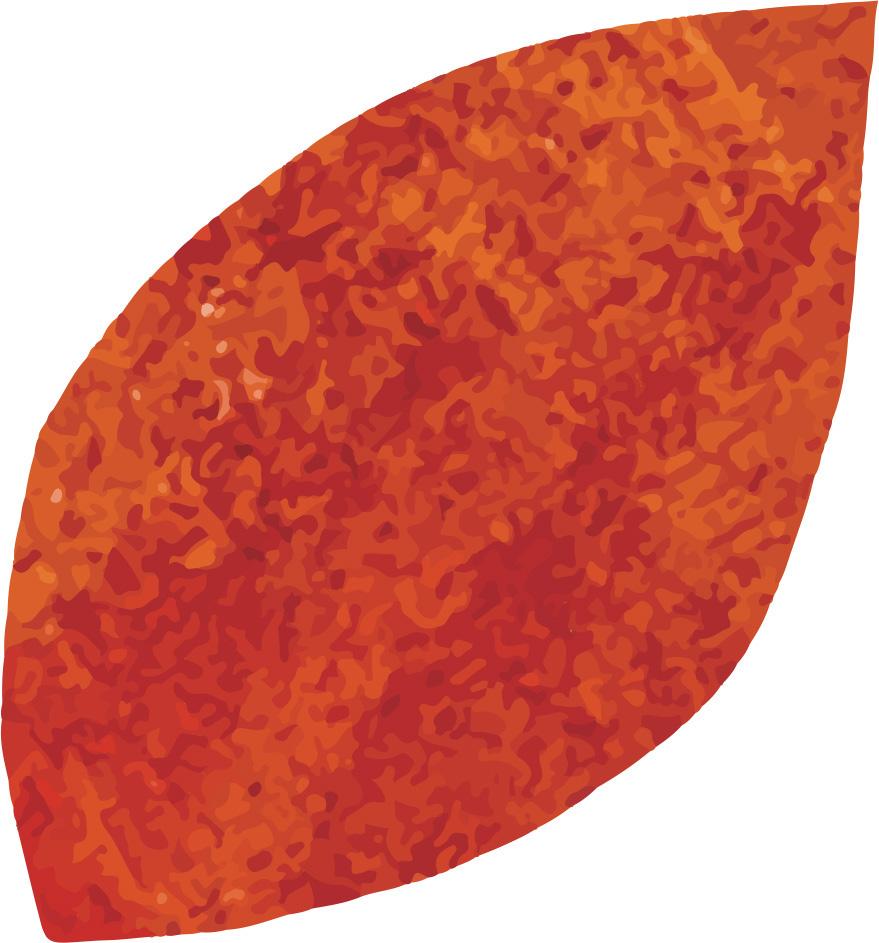
Each month we feature a local artist in the Deli Mezzanine, so you can enjoy our delicious food and drinks with a view. The Co-op community is talented, spirited, and eclectic... and the same is true for our employees. There are so many hidden talents in this group!
In celebration of local art and National Co-op Month, we’ll be featuring work from our very own creatives again this year! Be sure to head upstairs during the month of October and get ready to be amazed by our beloved Co-op artists.





Membersget


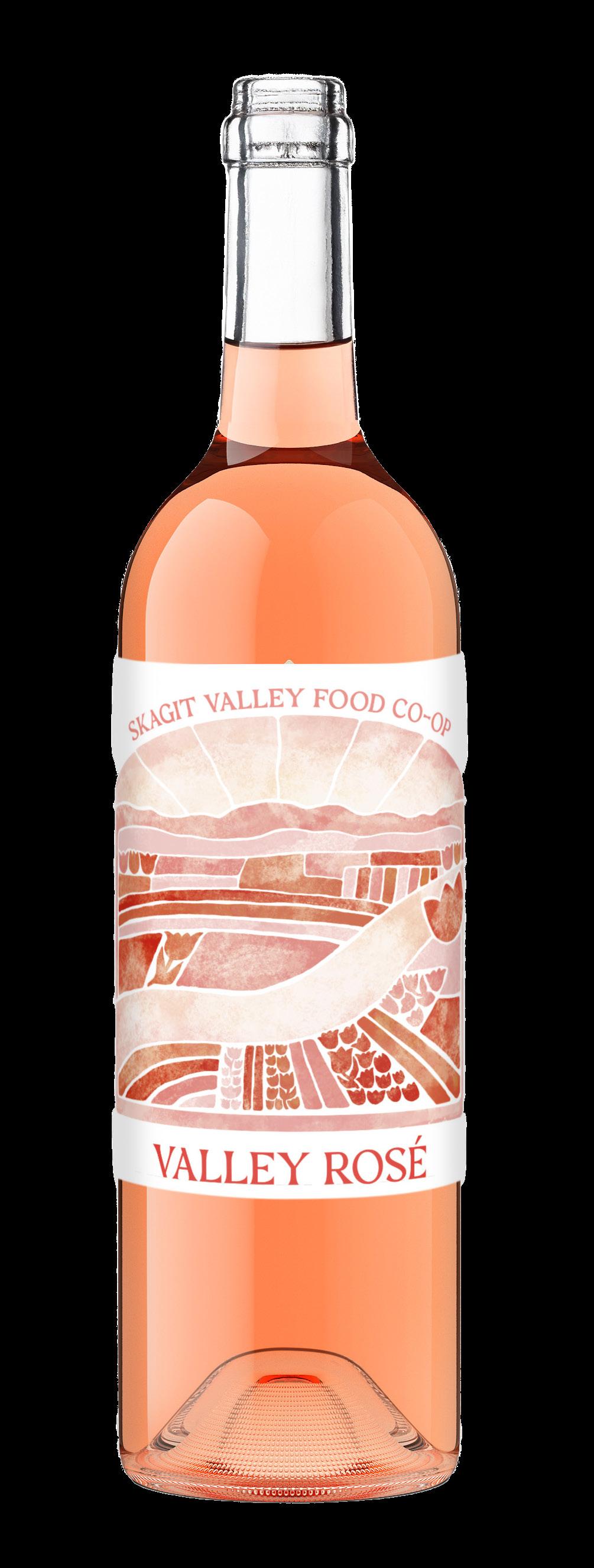

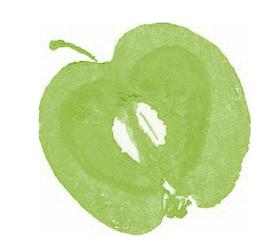
Before becoming our Operations Director and the GM at Sno-Isle Food Co-op, Leah spent some time working in produce. This year, she’s slicing into the past for a meet ‘n’ greet featuring fall’s favorite fruit. Come swing through the Co-op for a free apple sampling and a chance to chat with our new Operations Director!

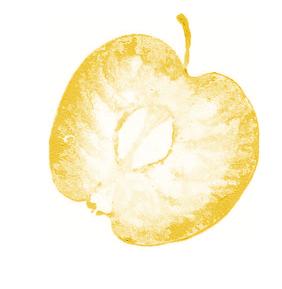
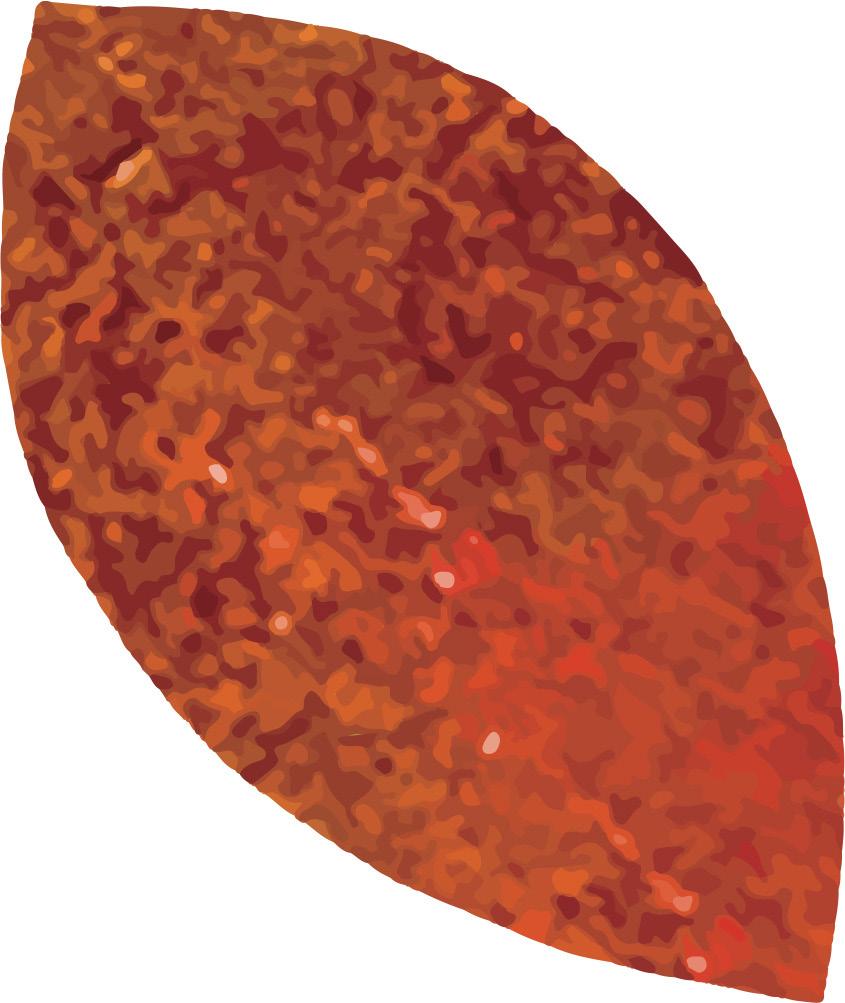
We’re excited to announce that we’ve partnered with Washington winery Barnard Griffin and their head winemaker Megan Hughes to bring you two brand new Co-op wines: Riverbend Red & Valley Rosé! cOminG sOOn: cO-Op







